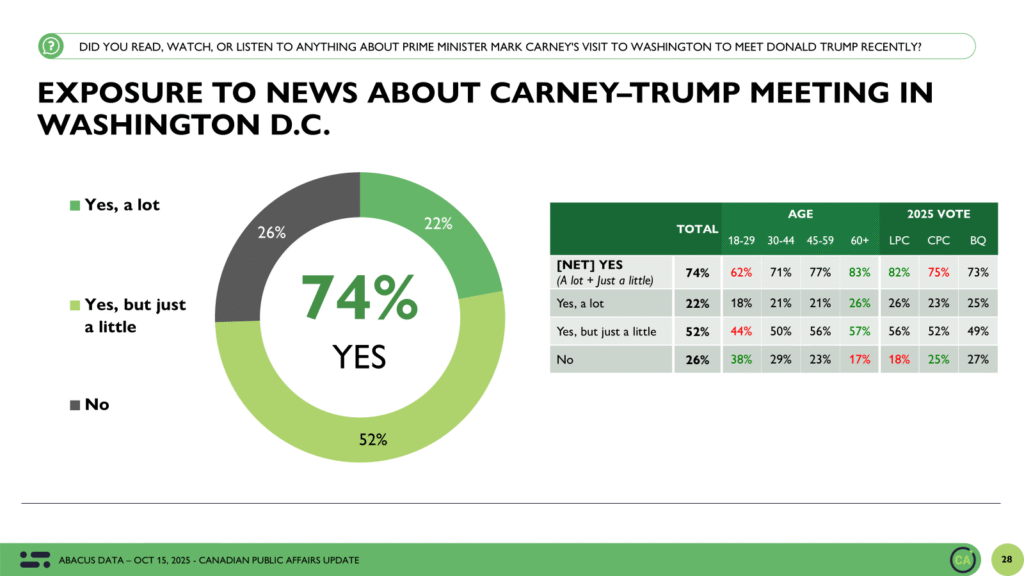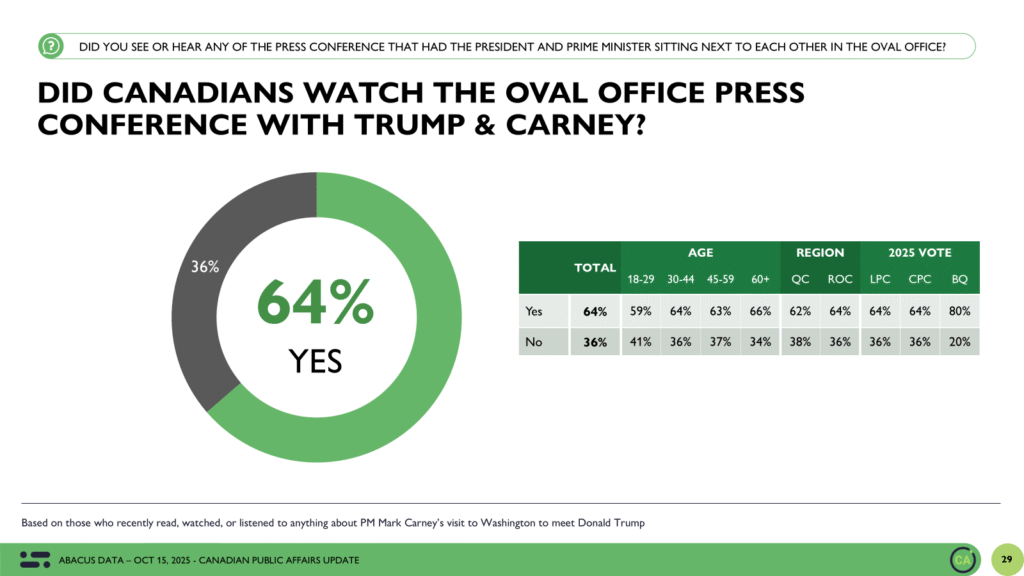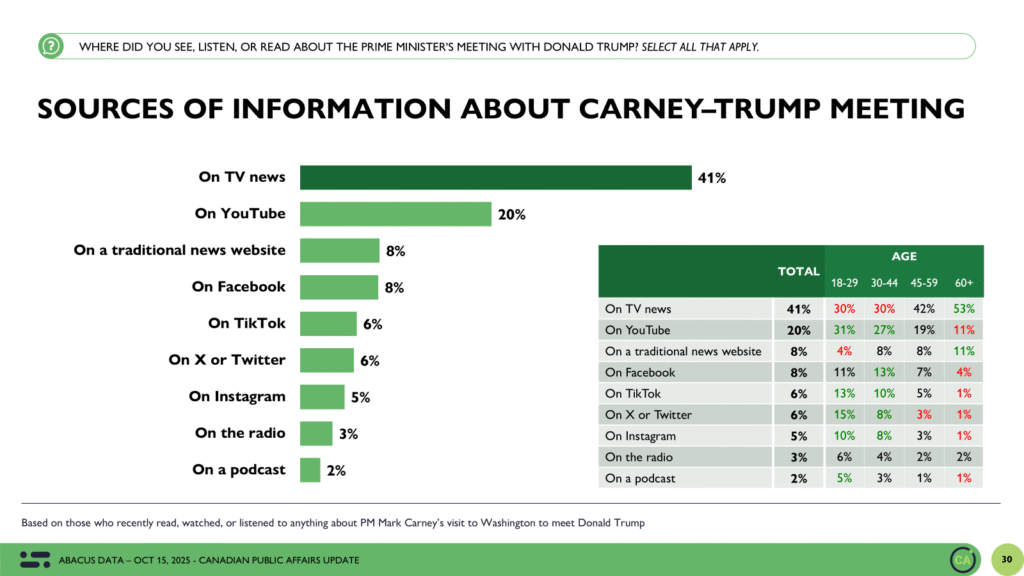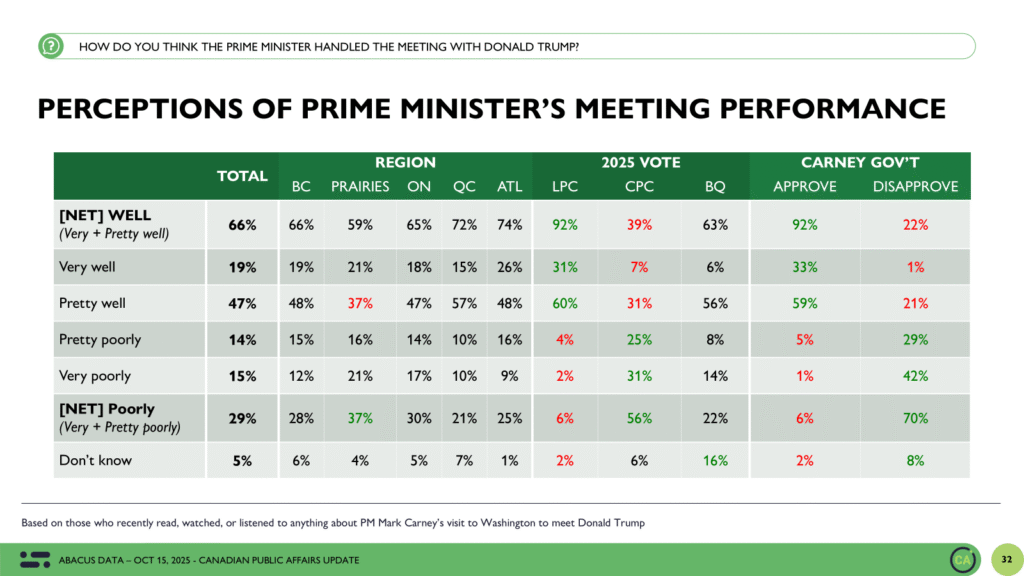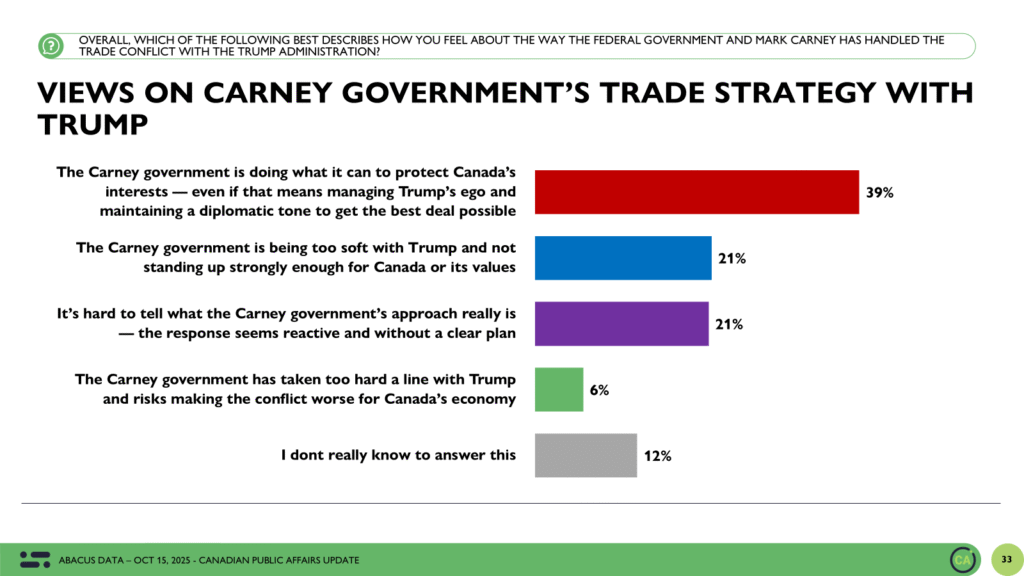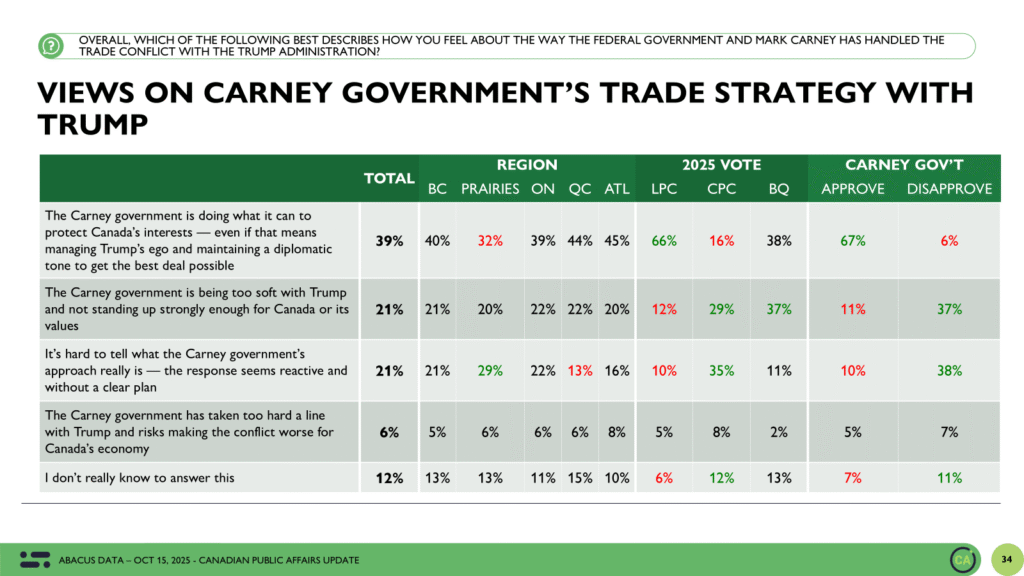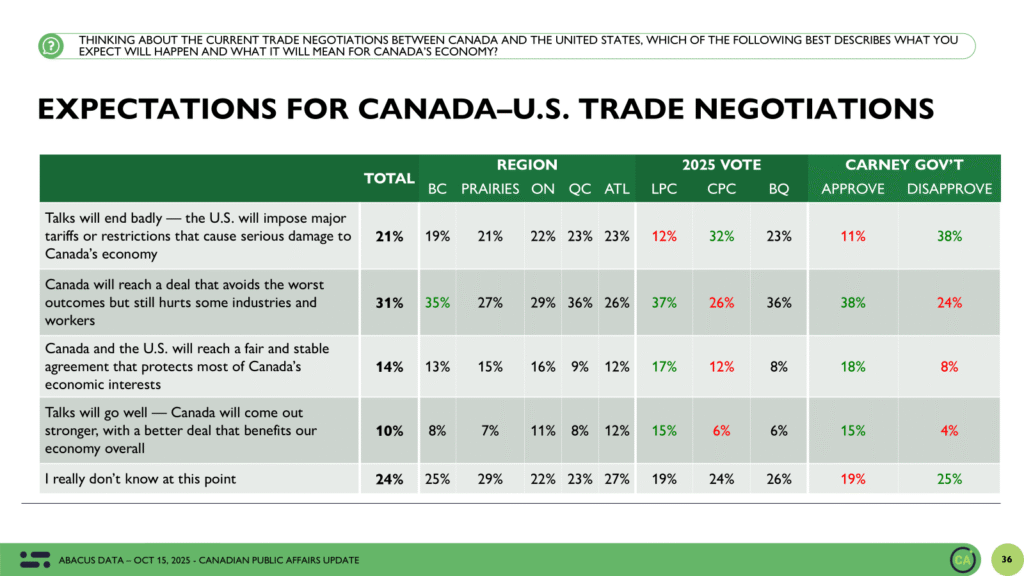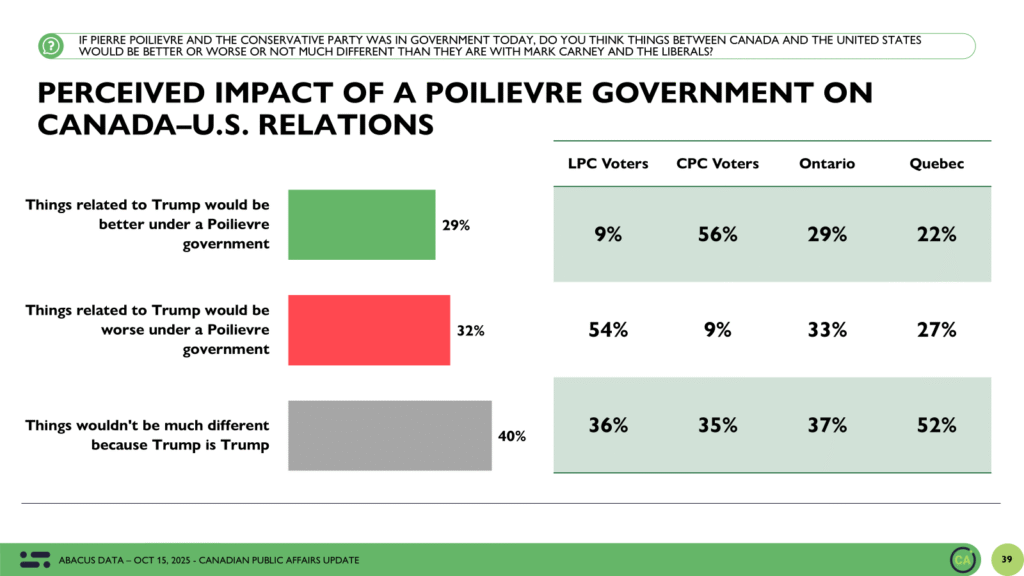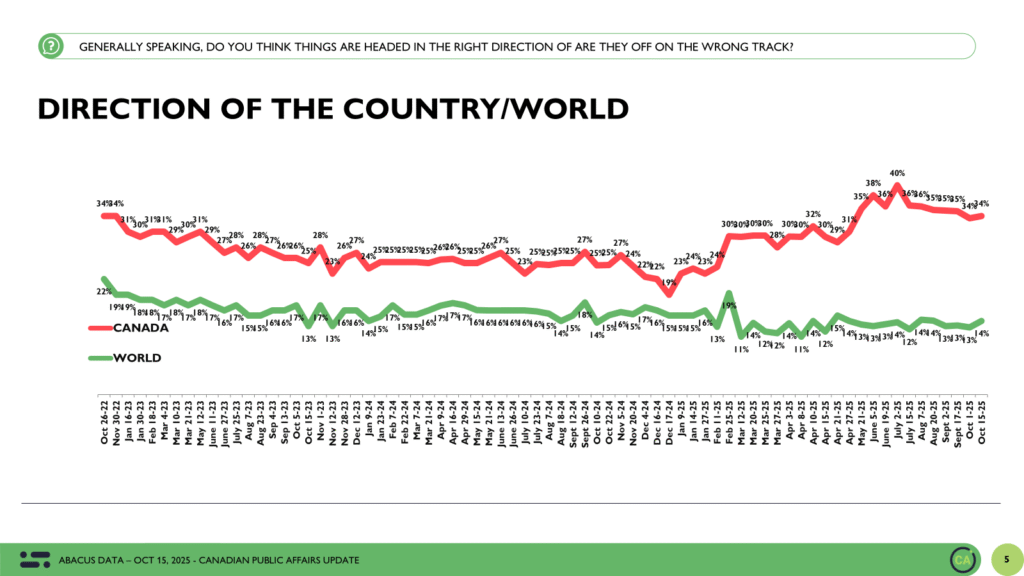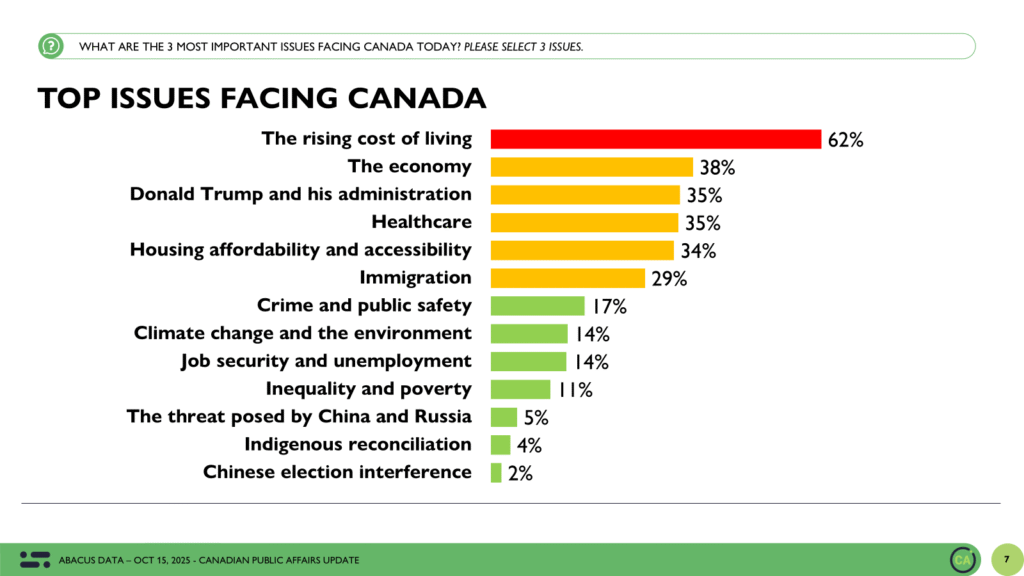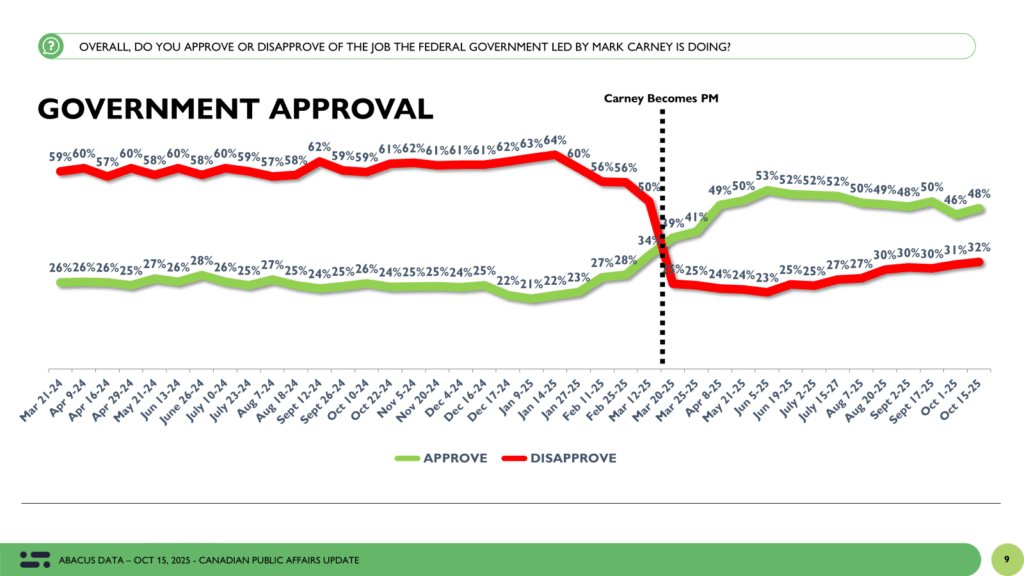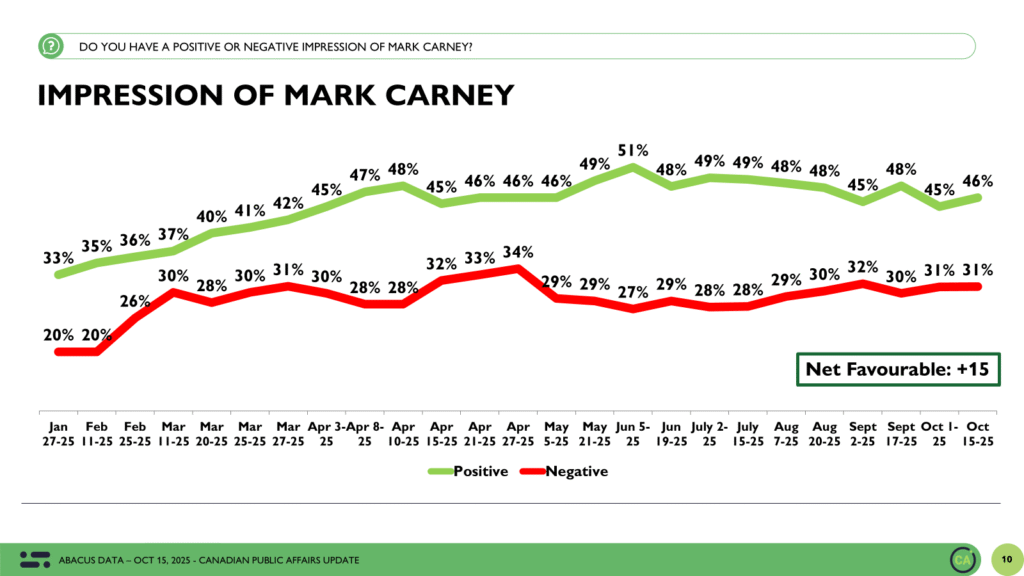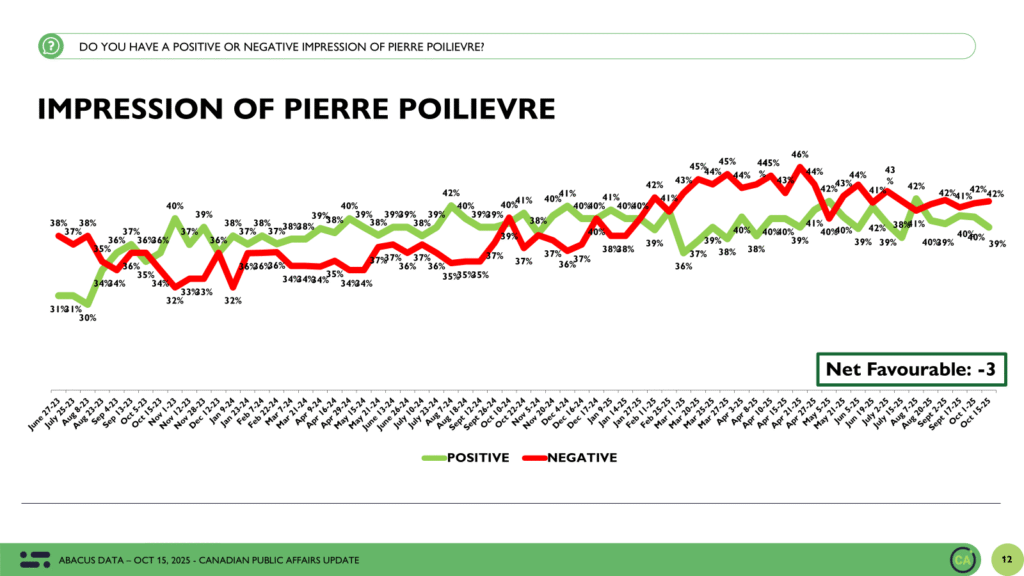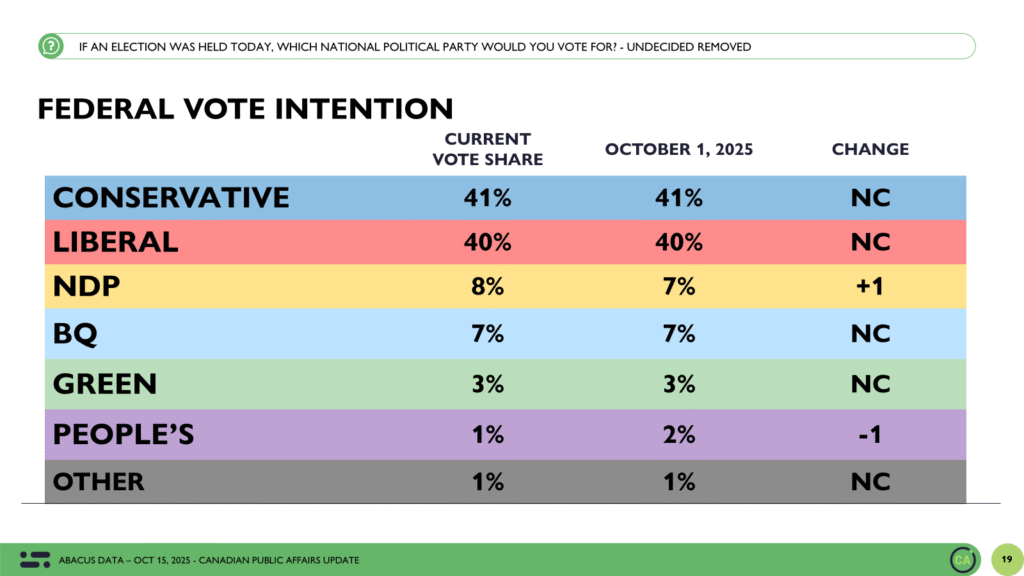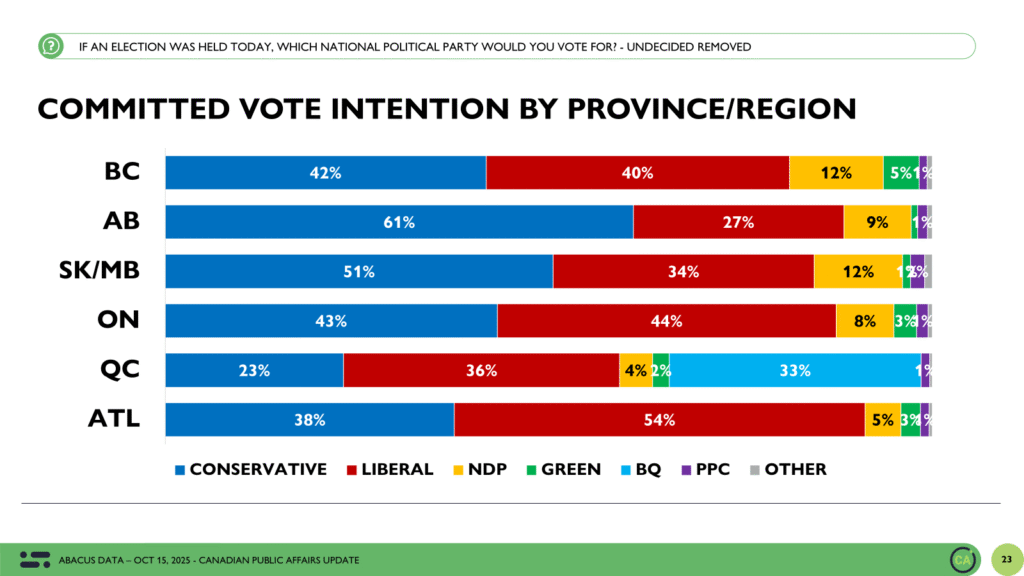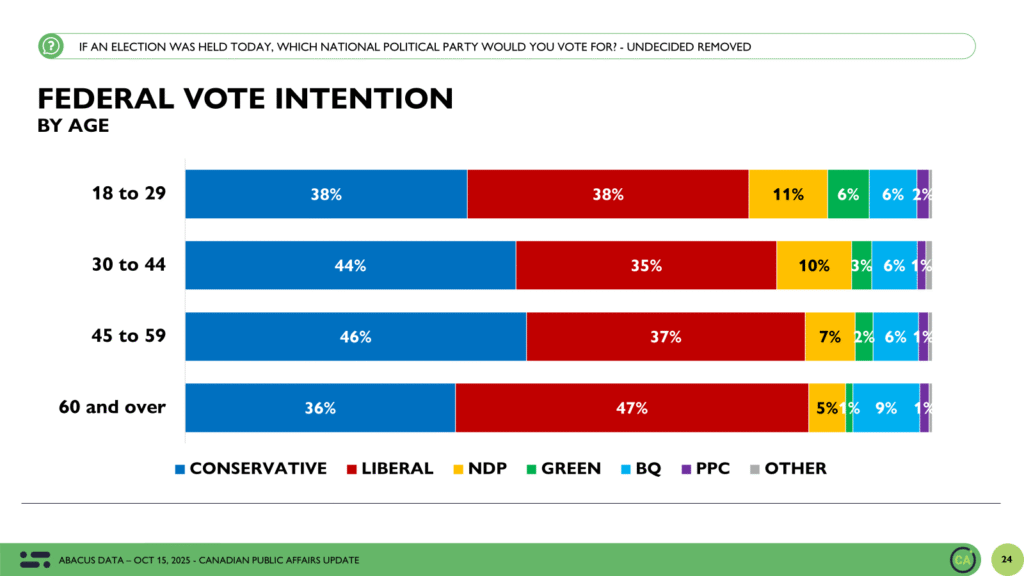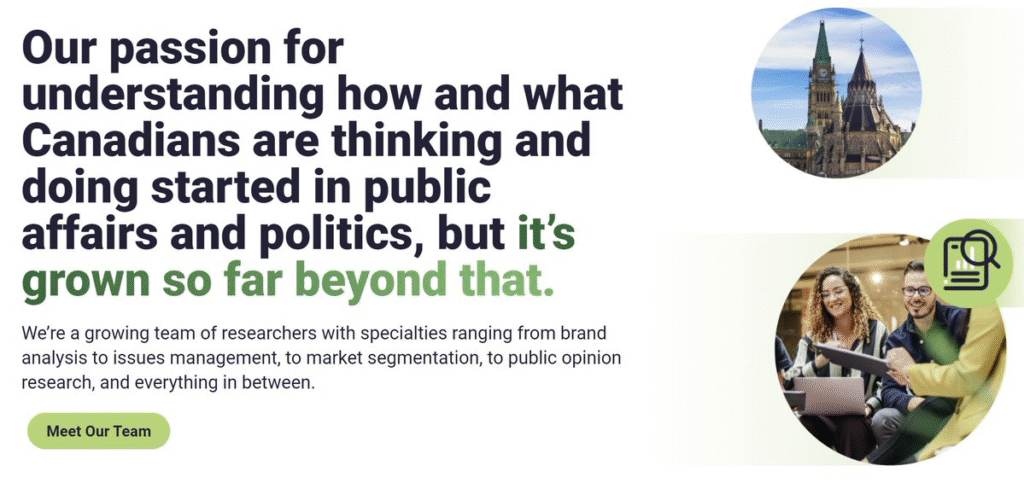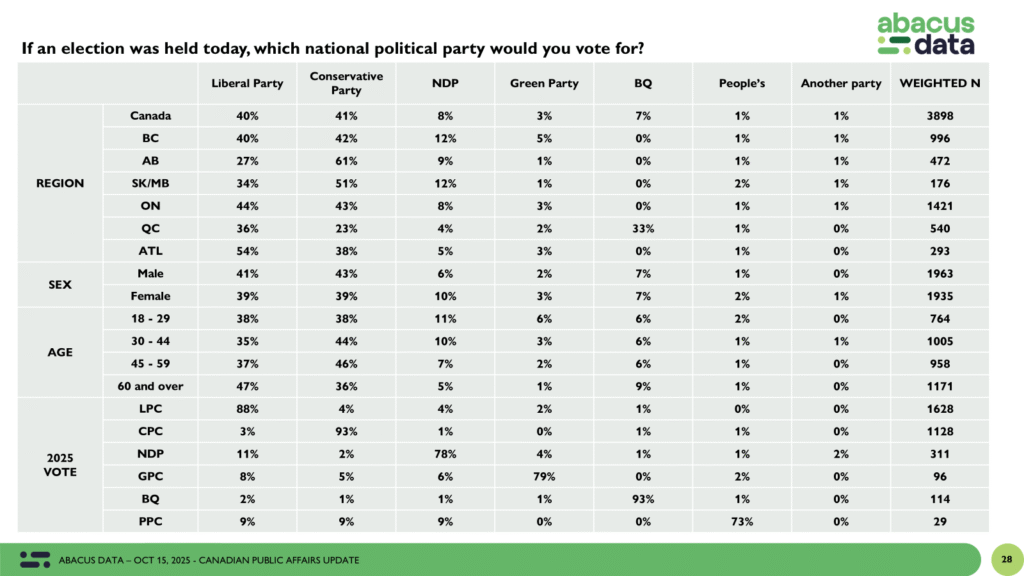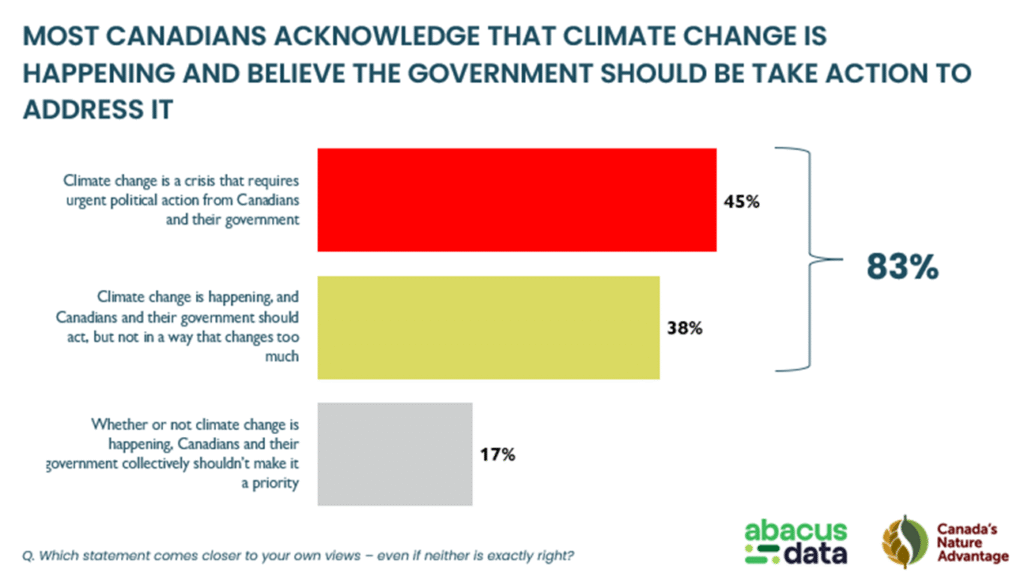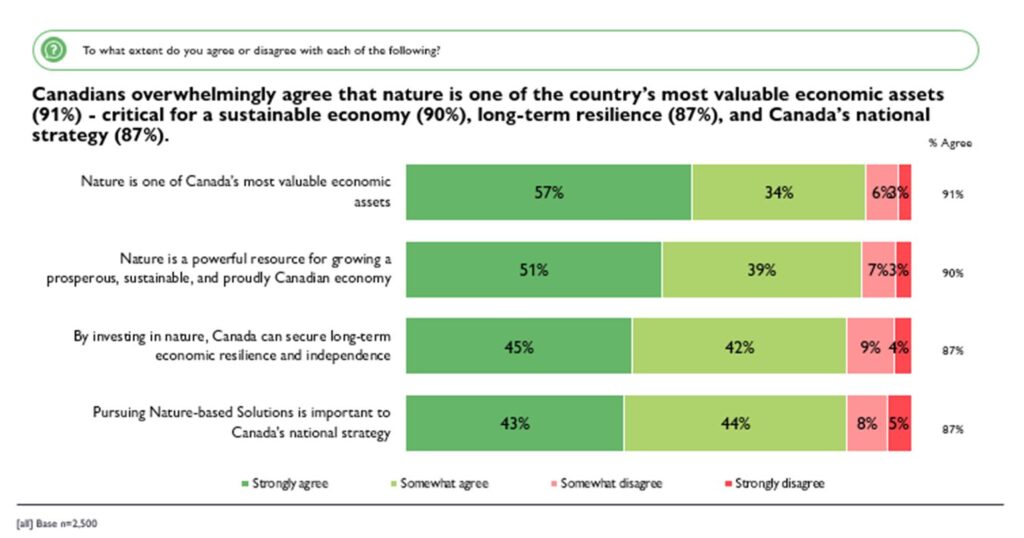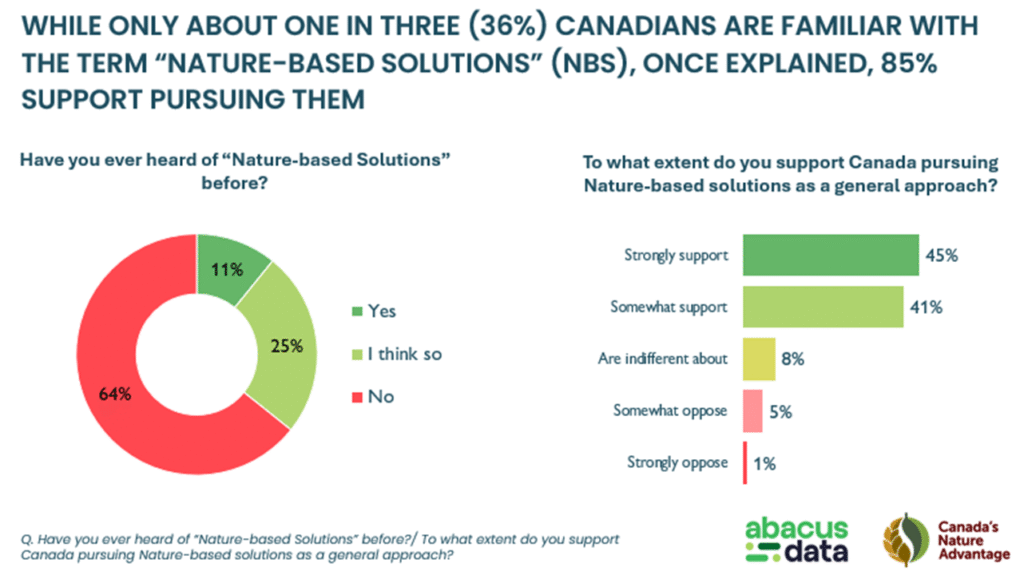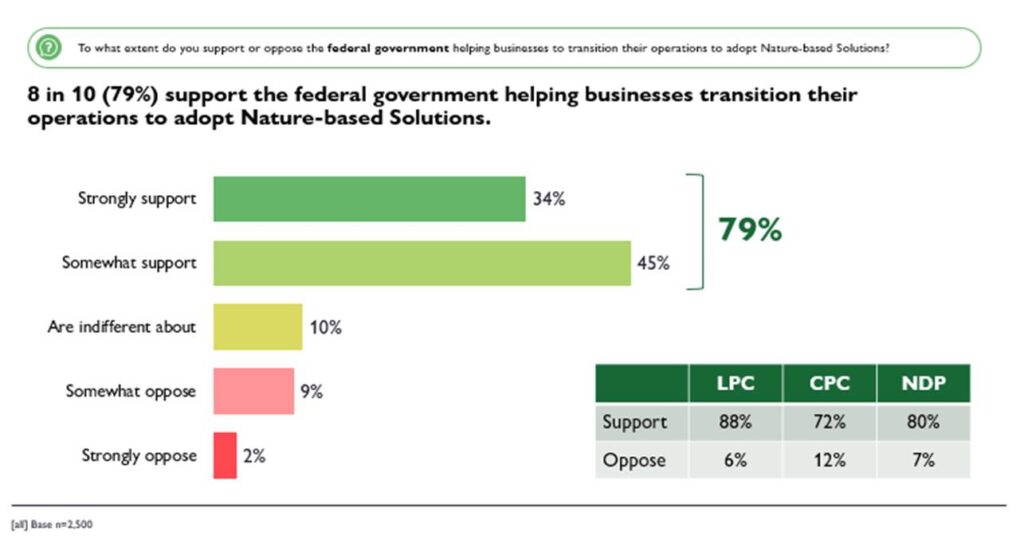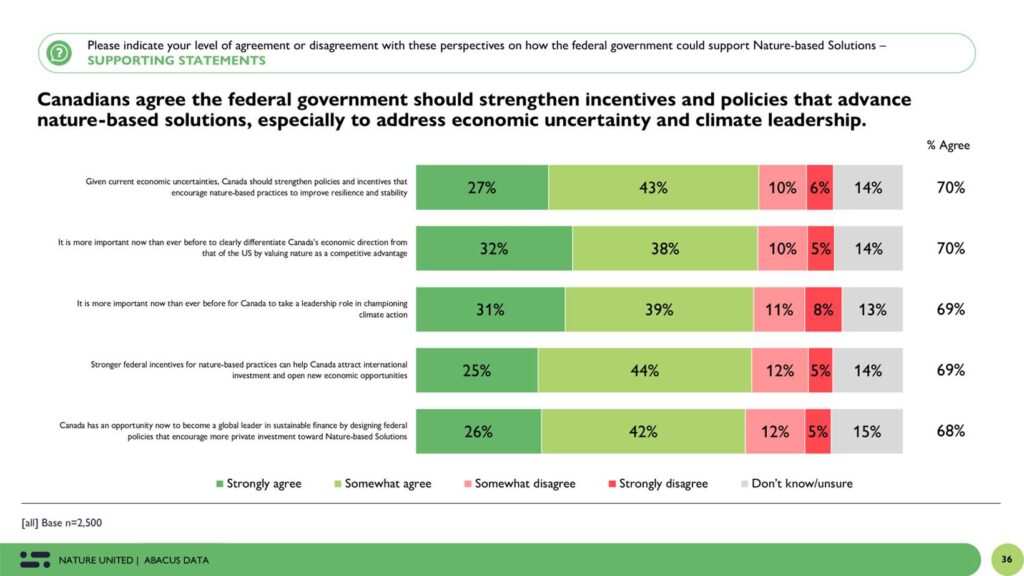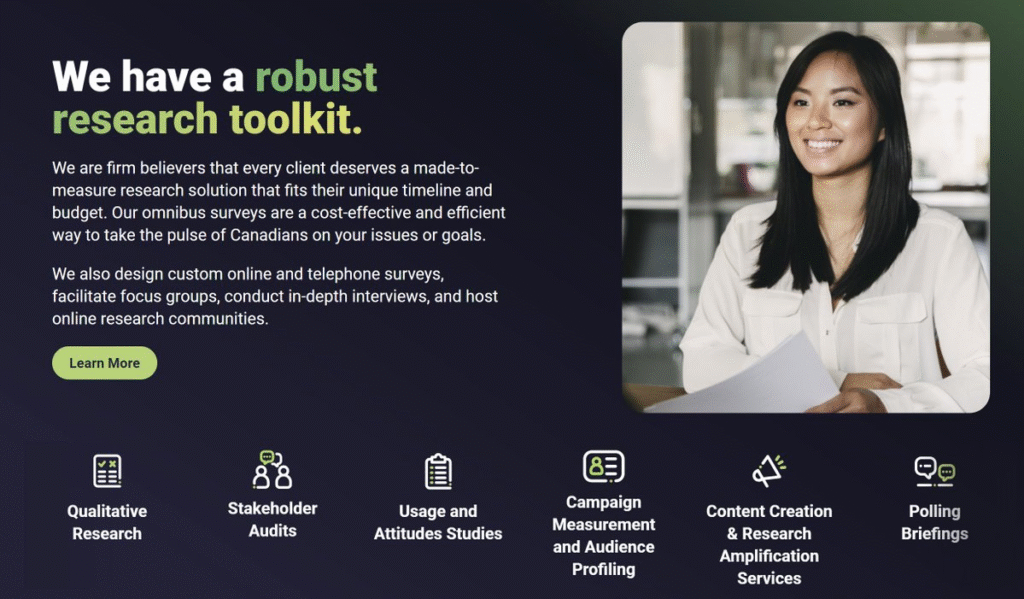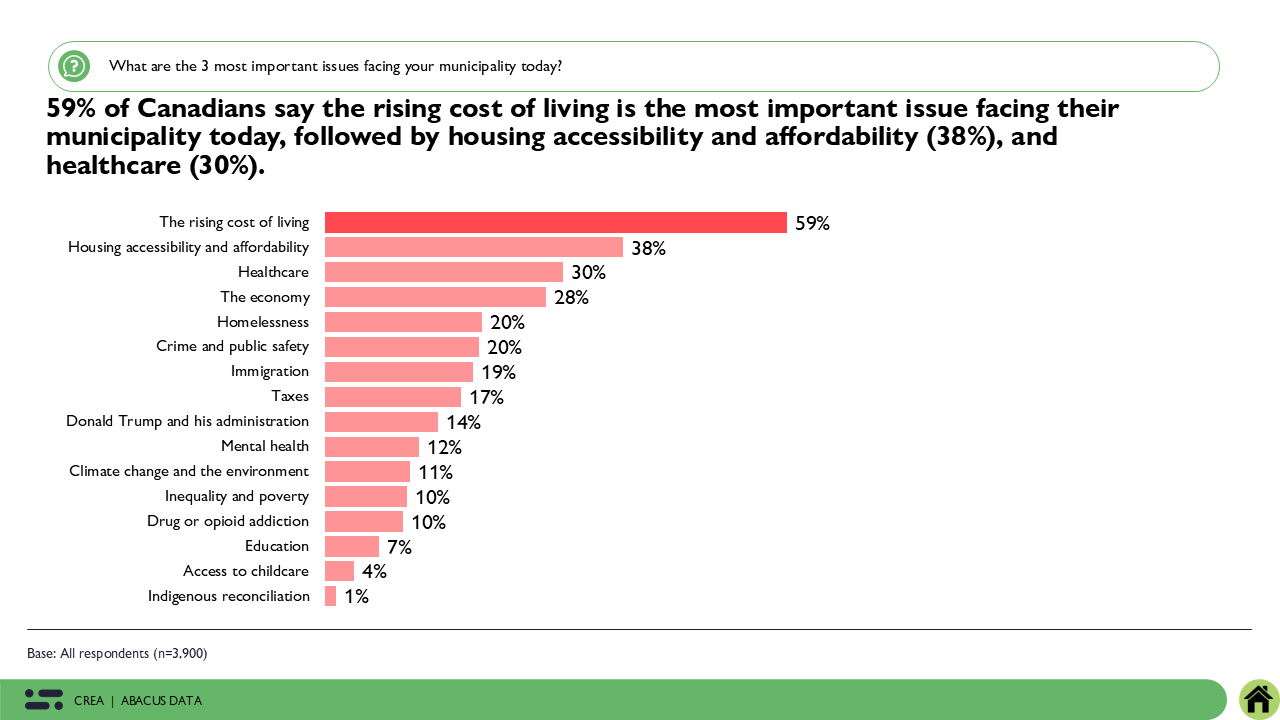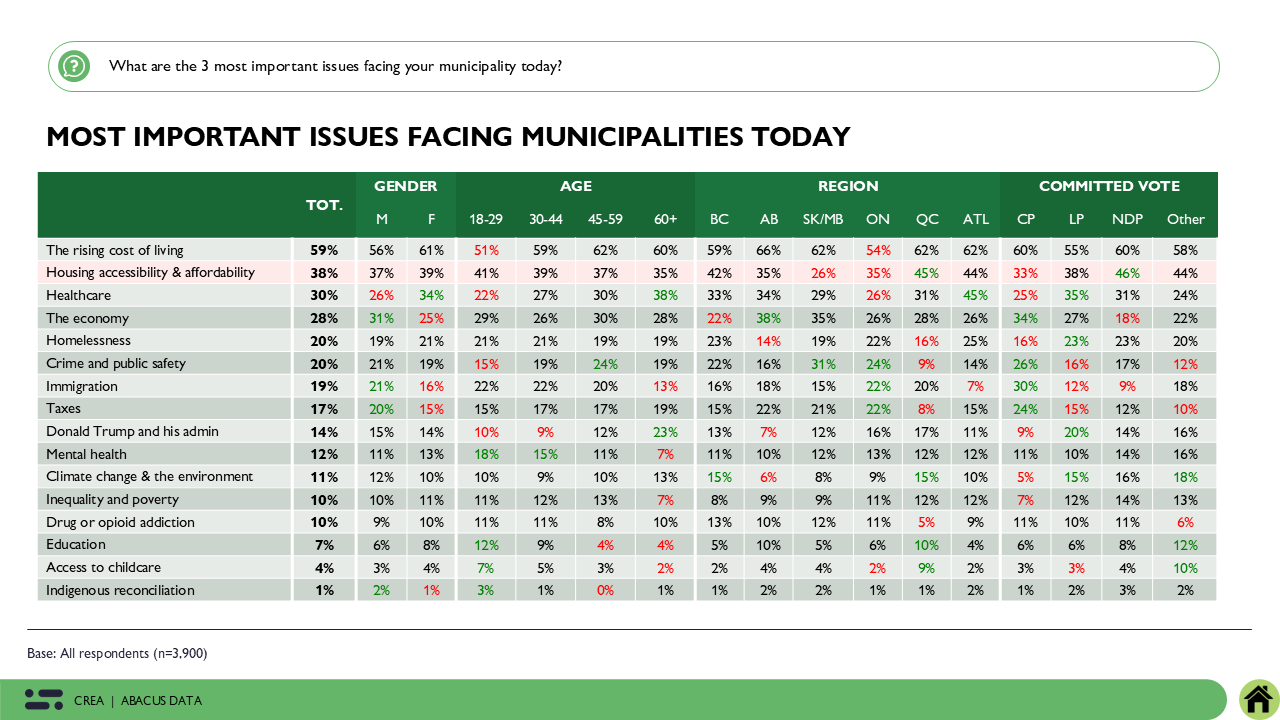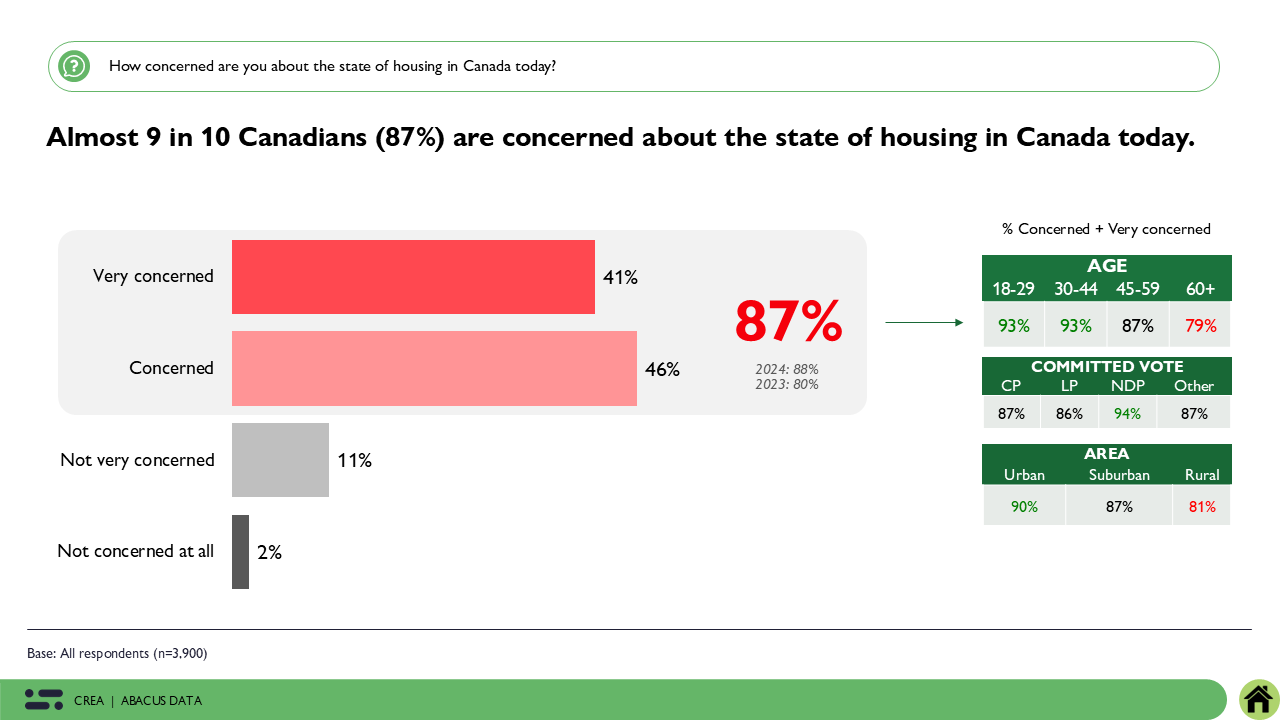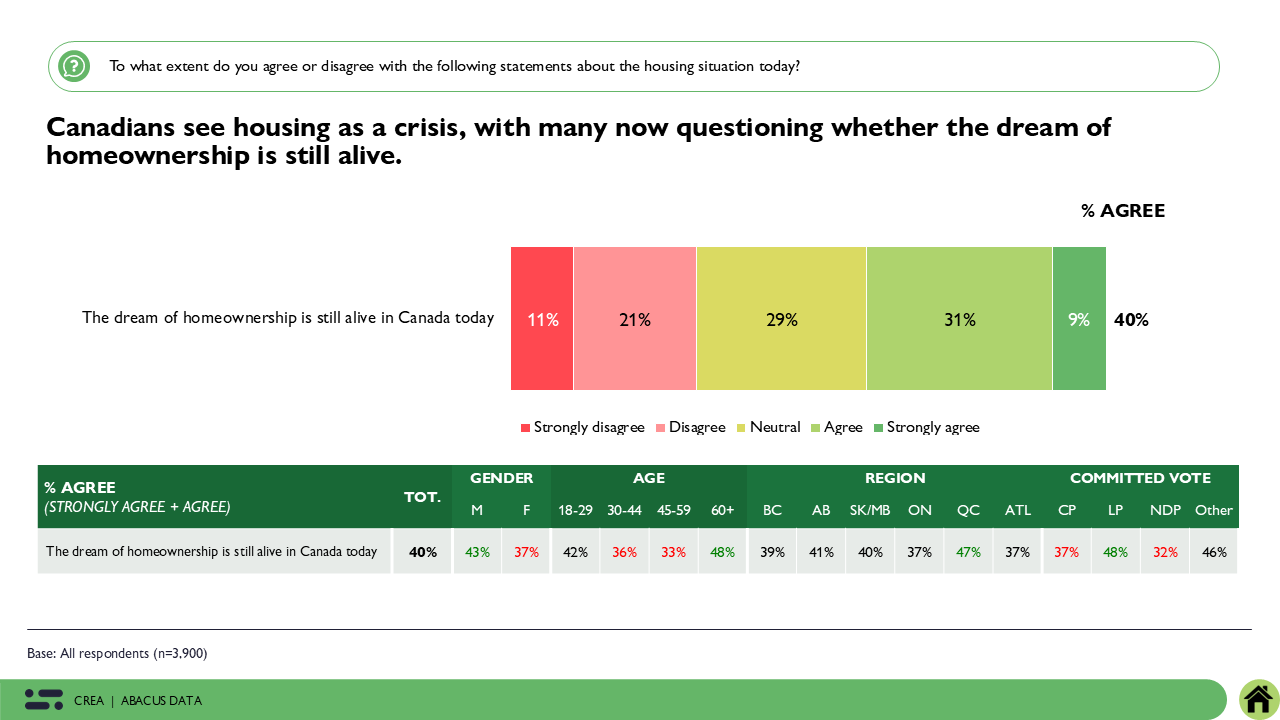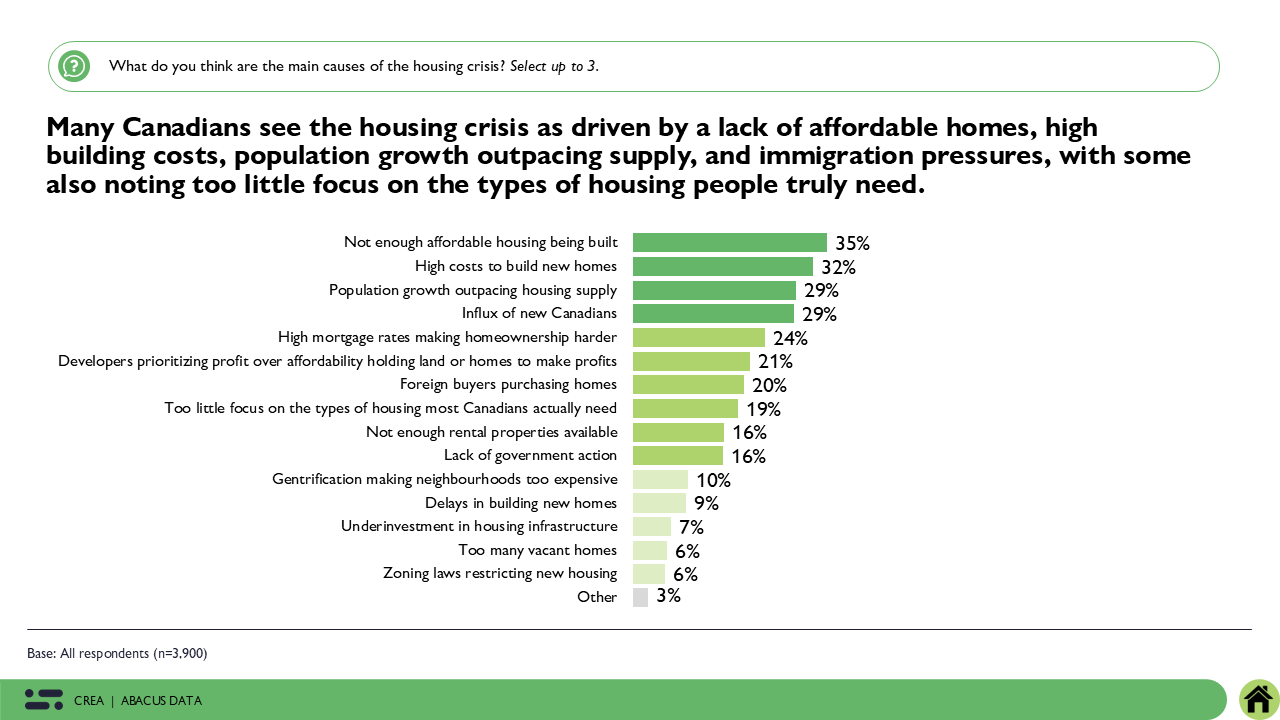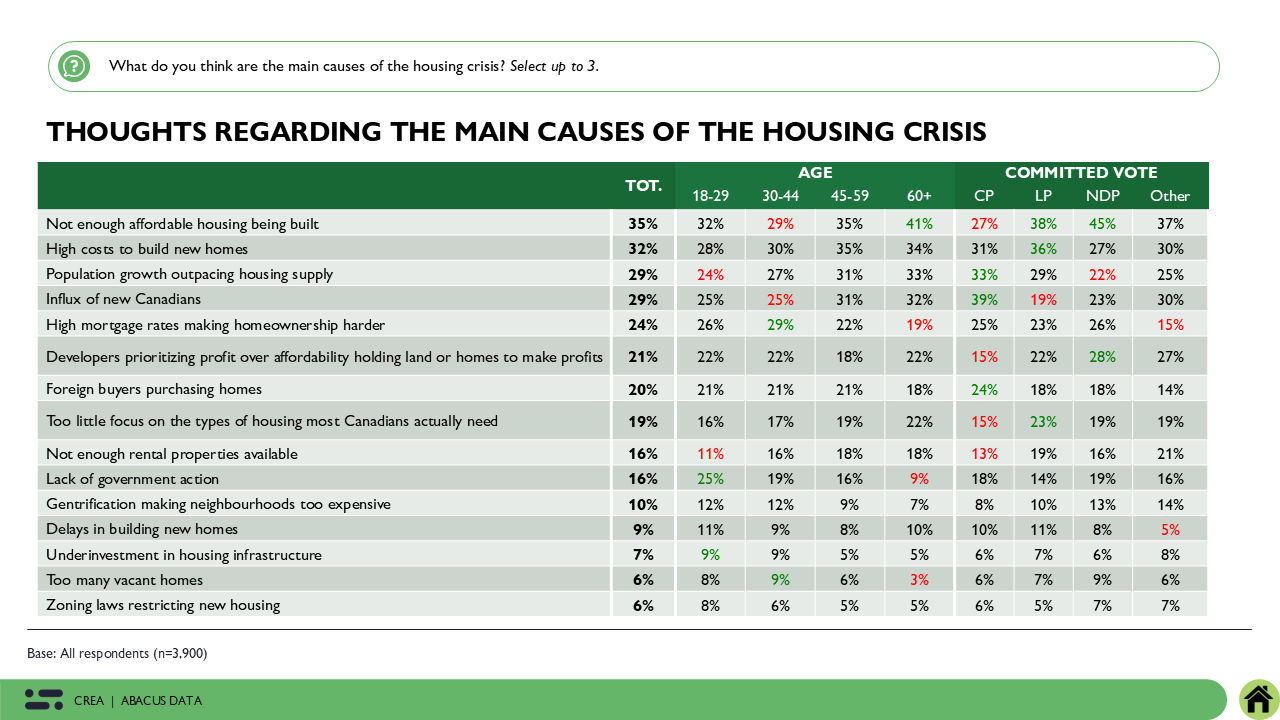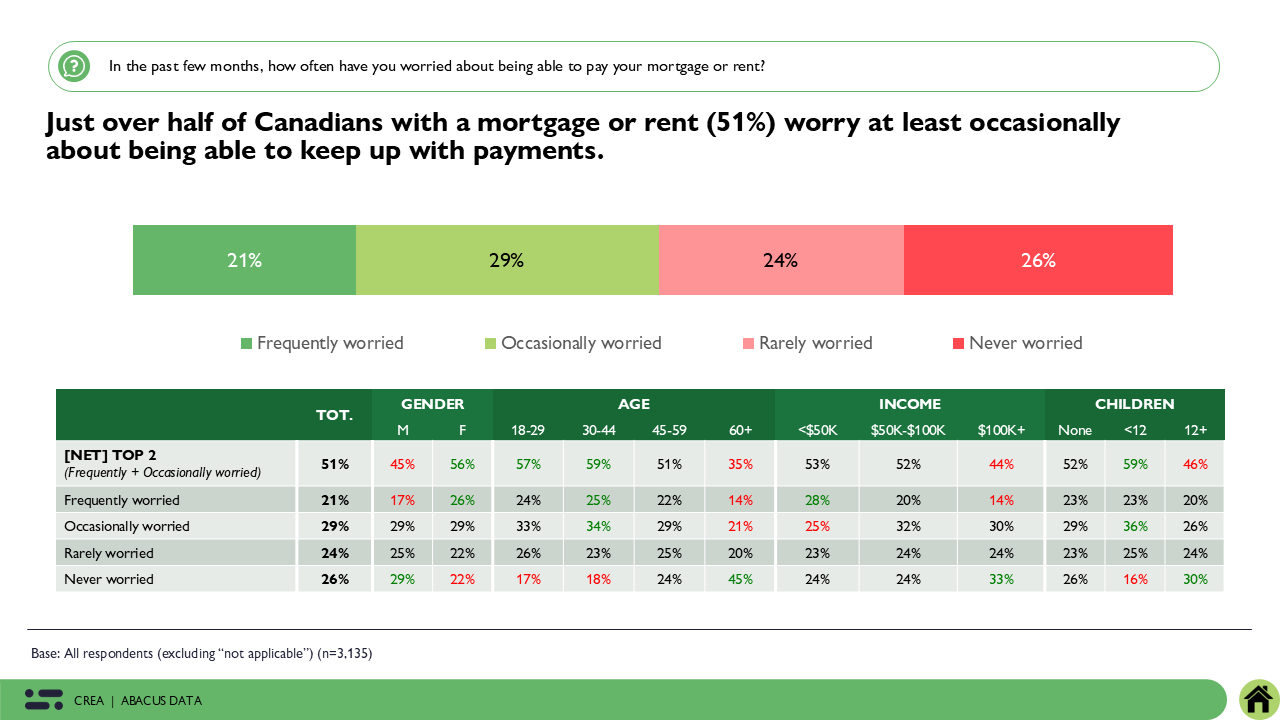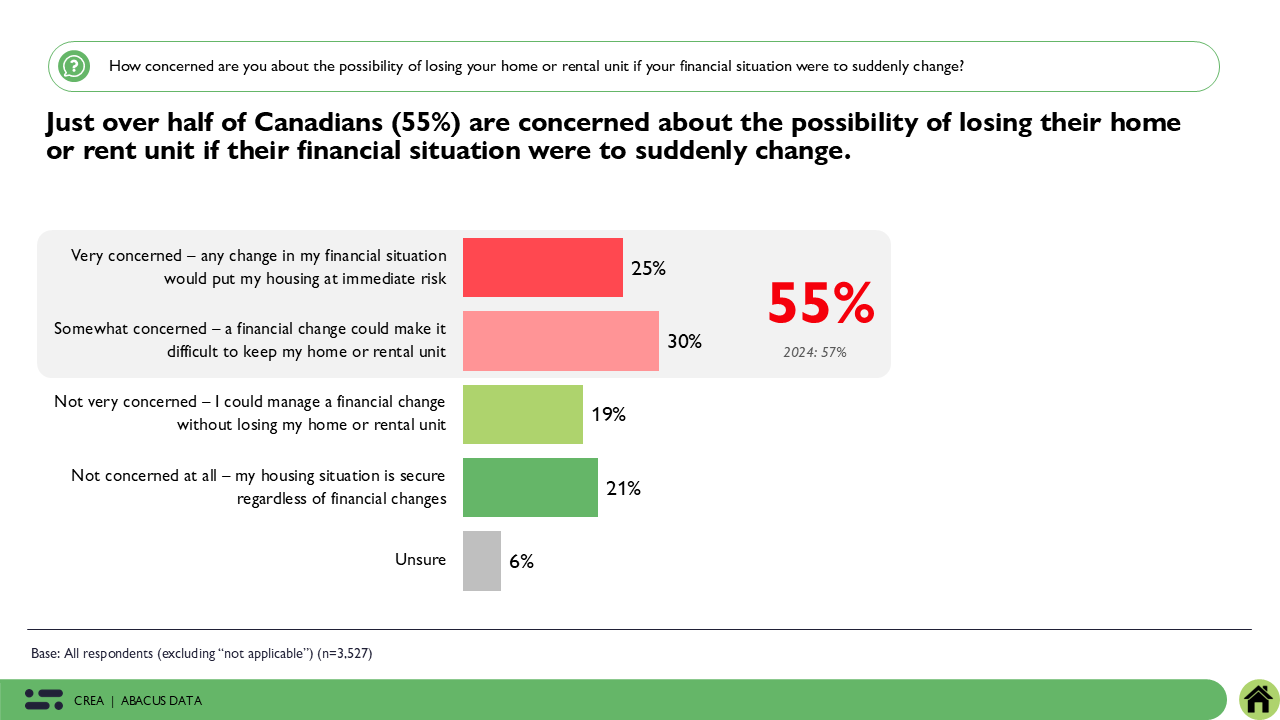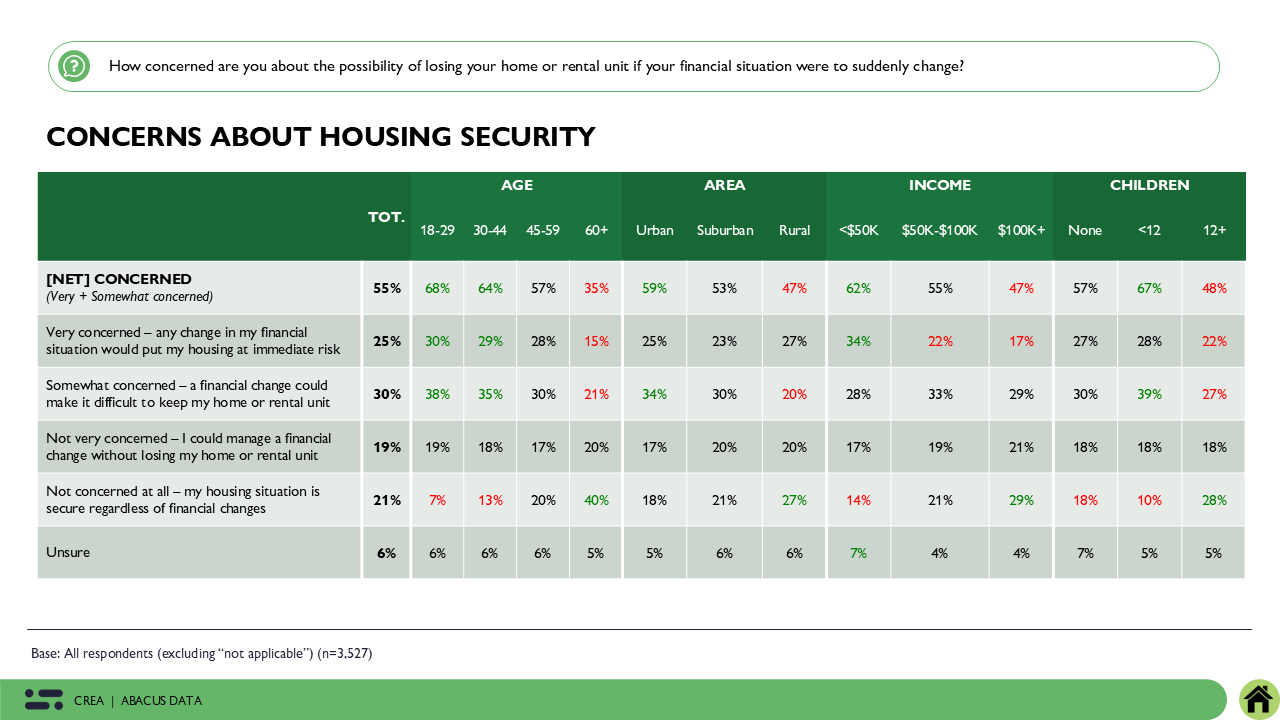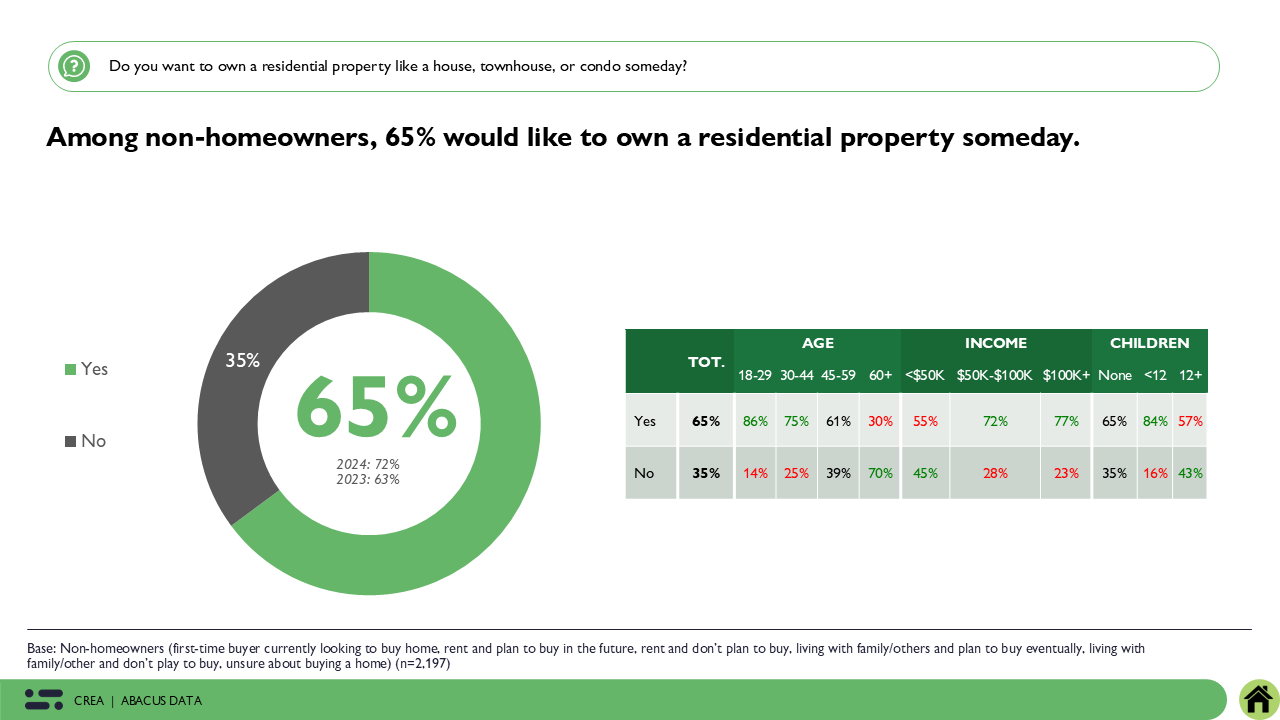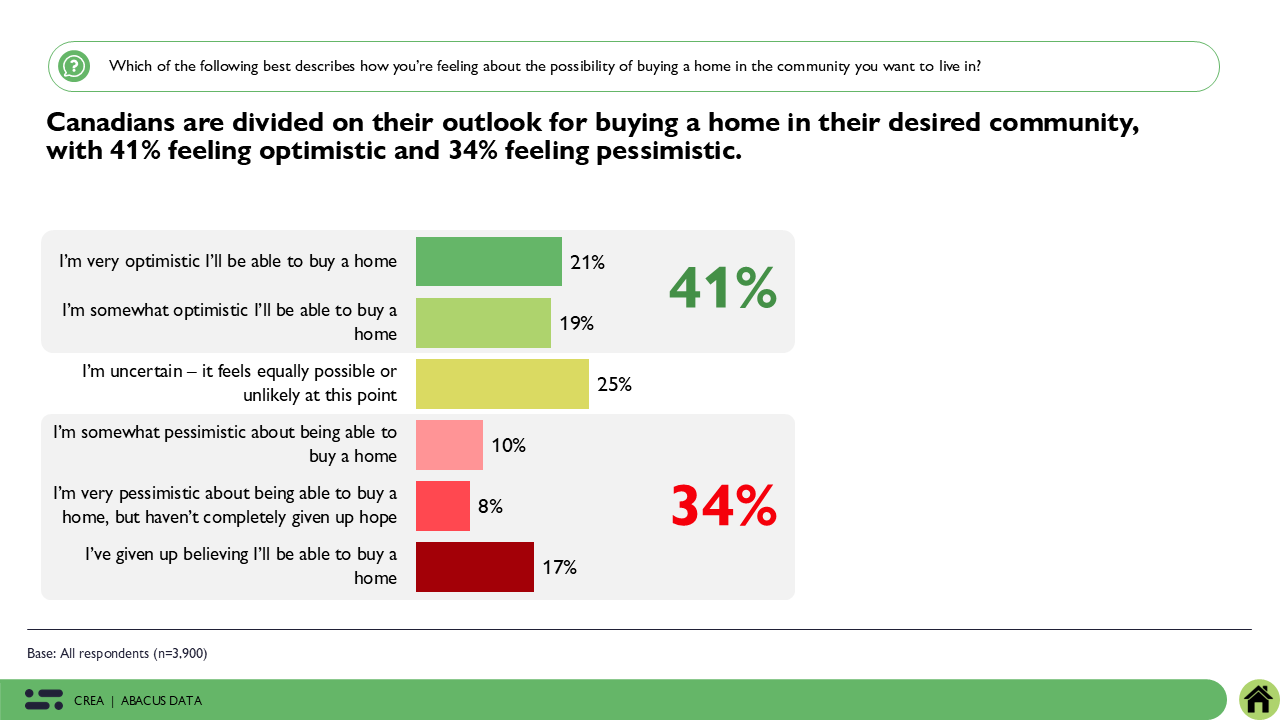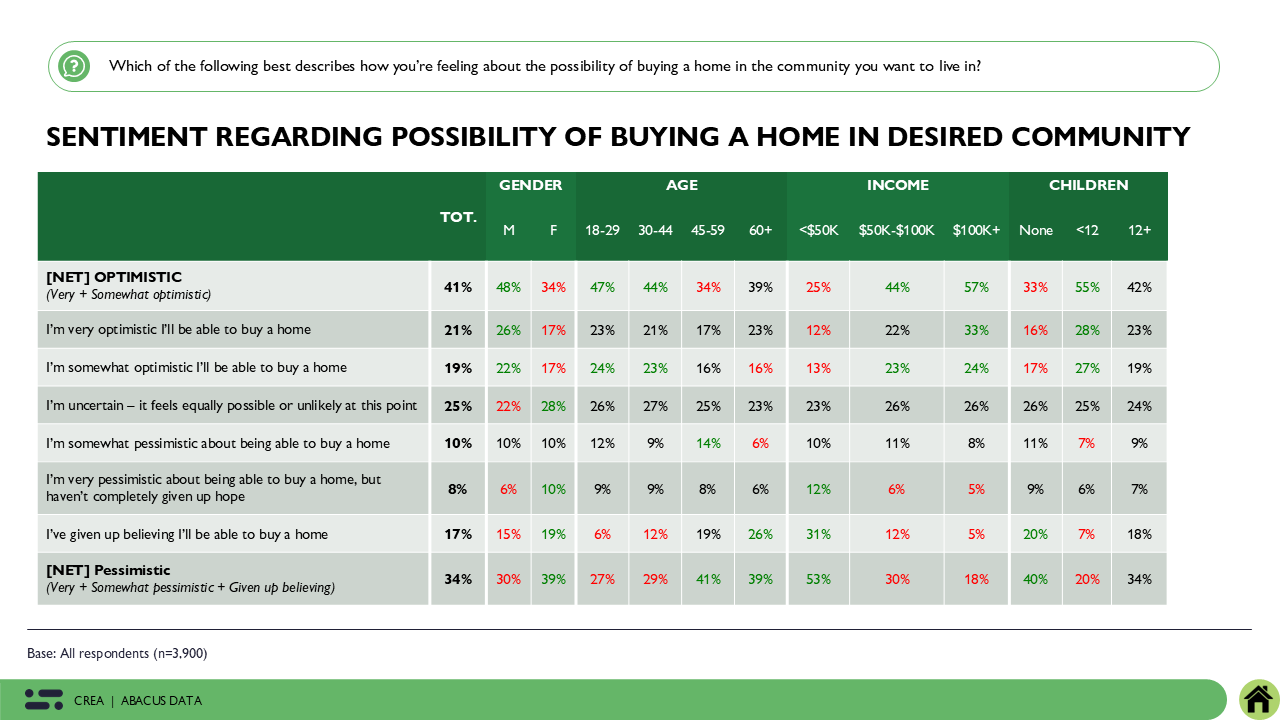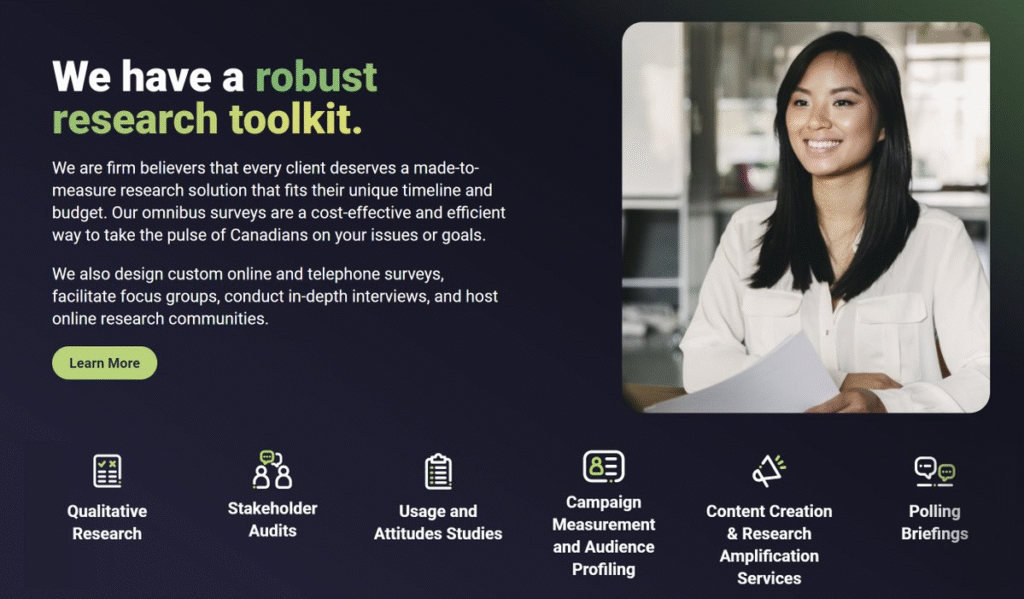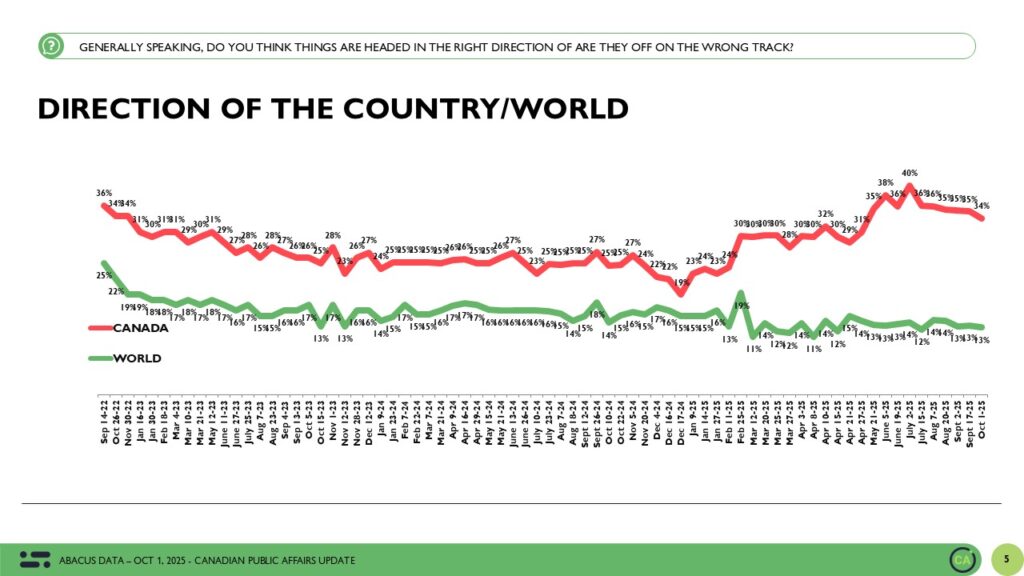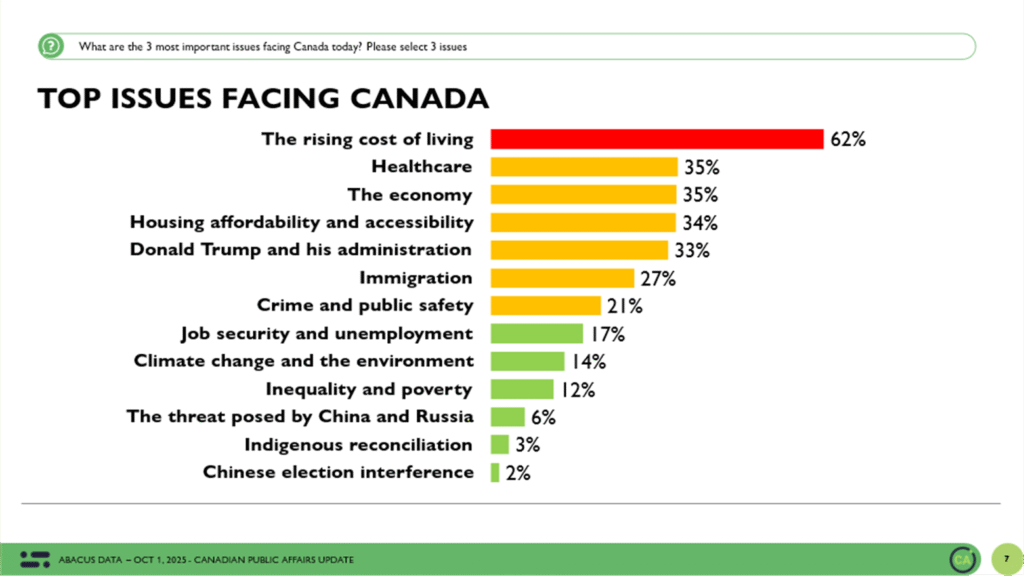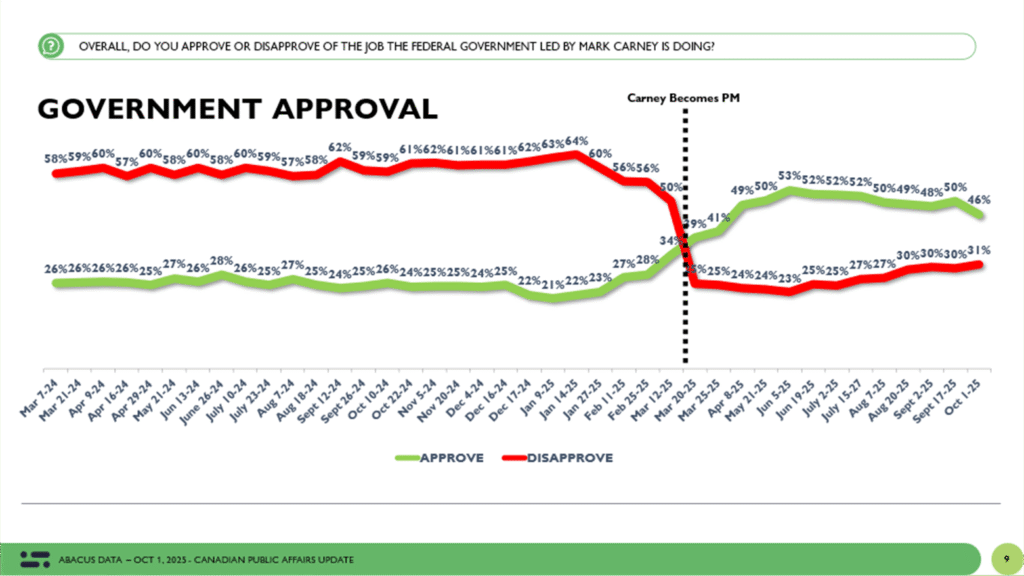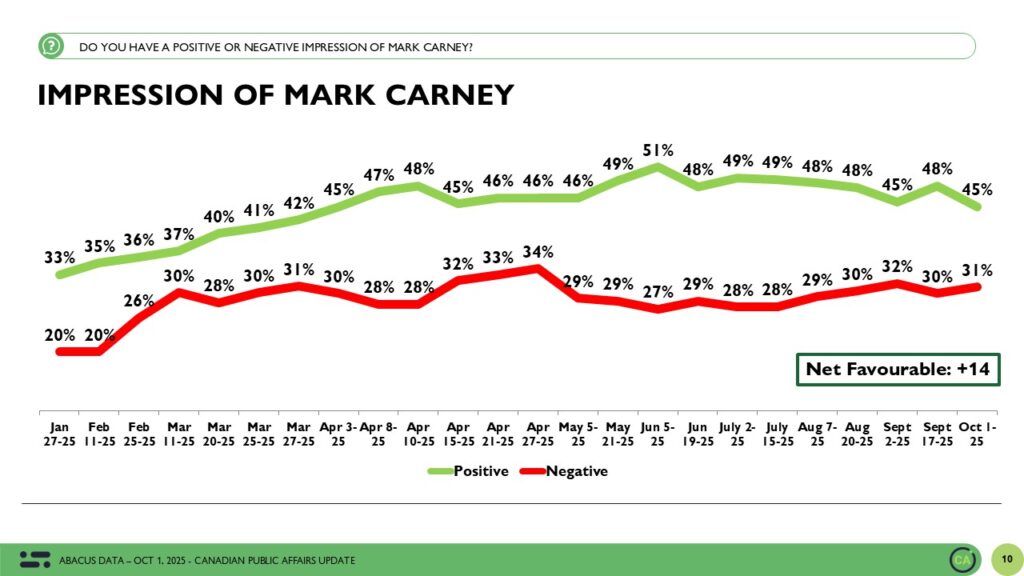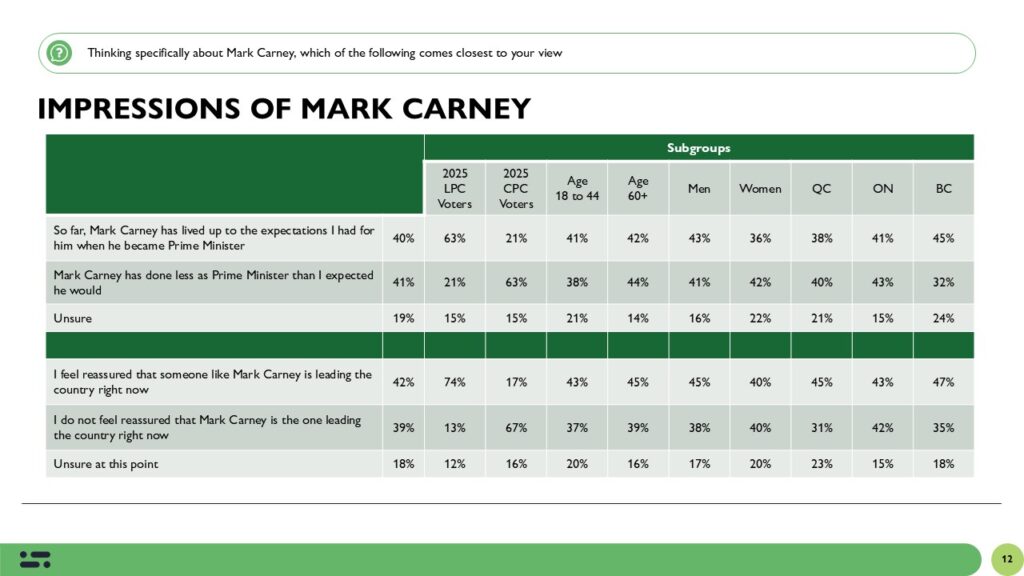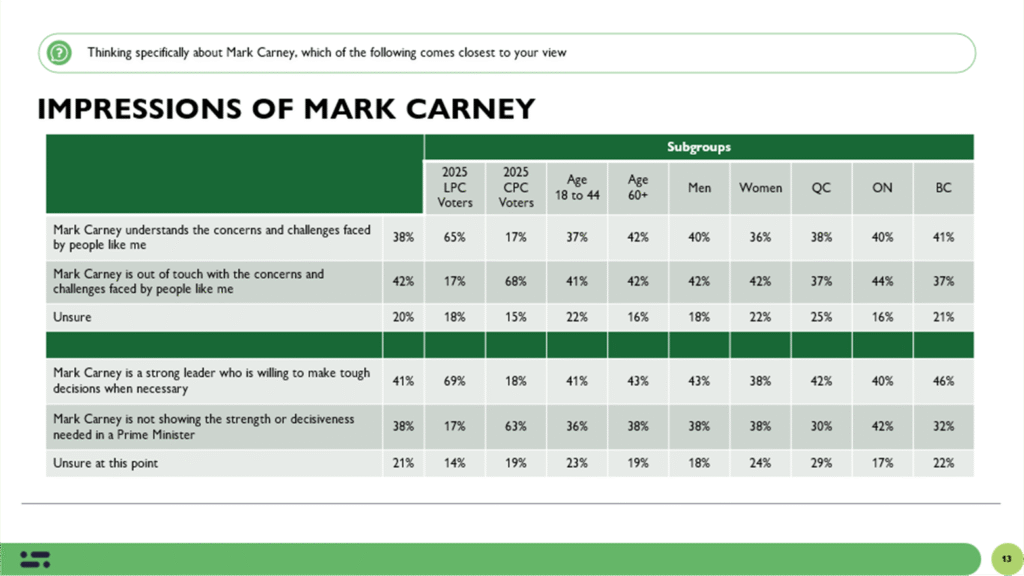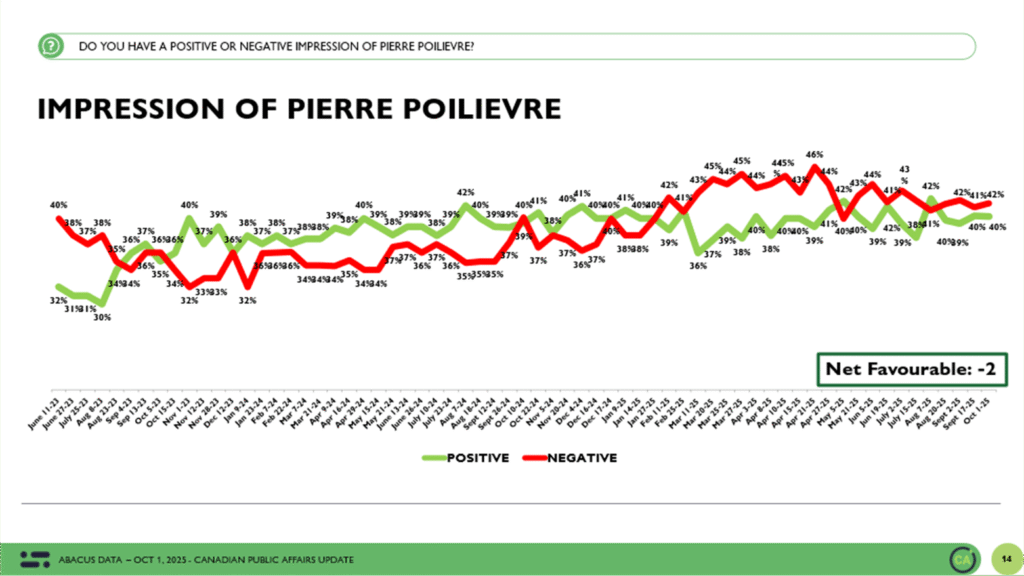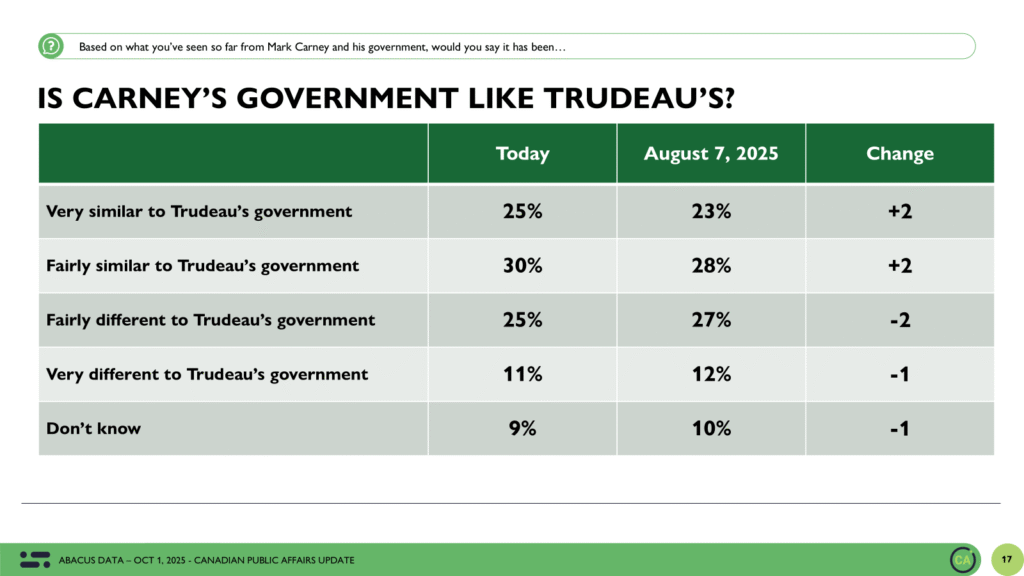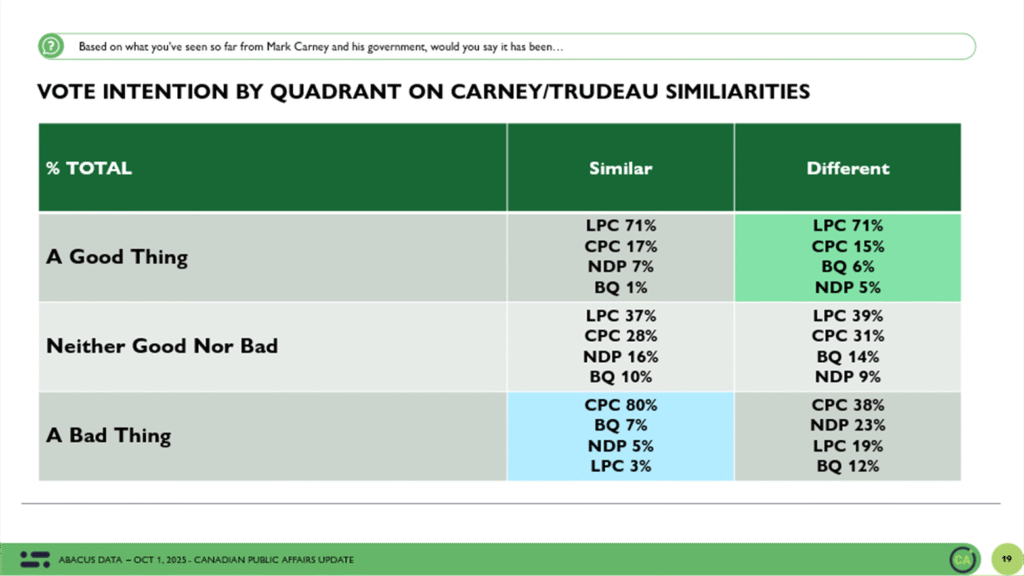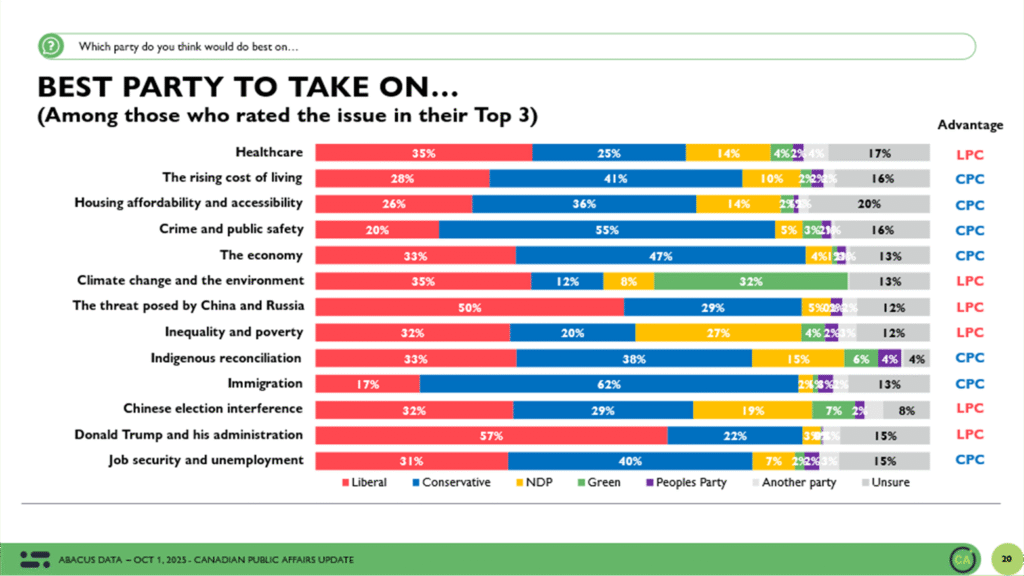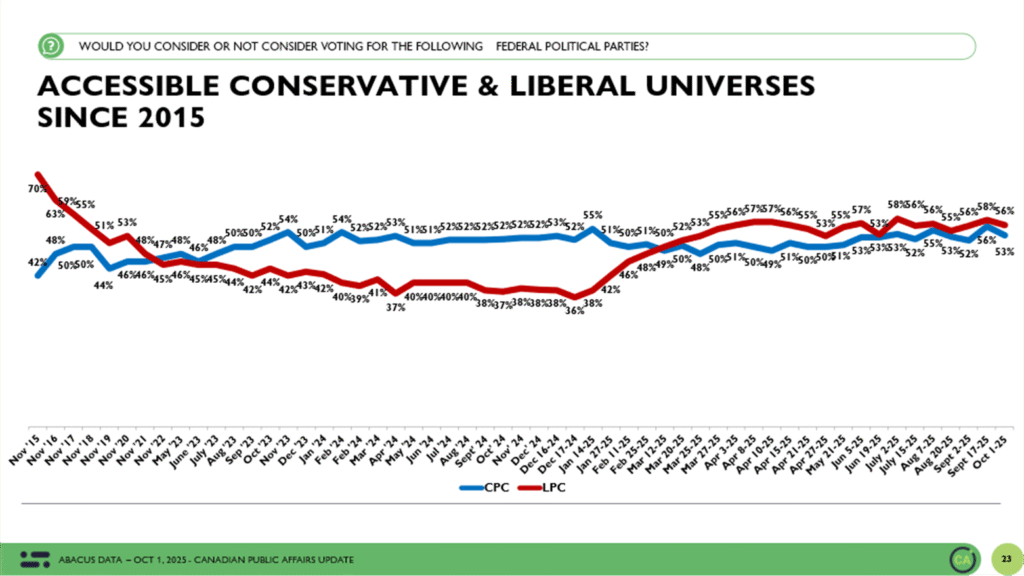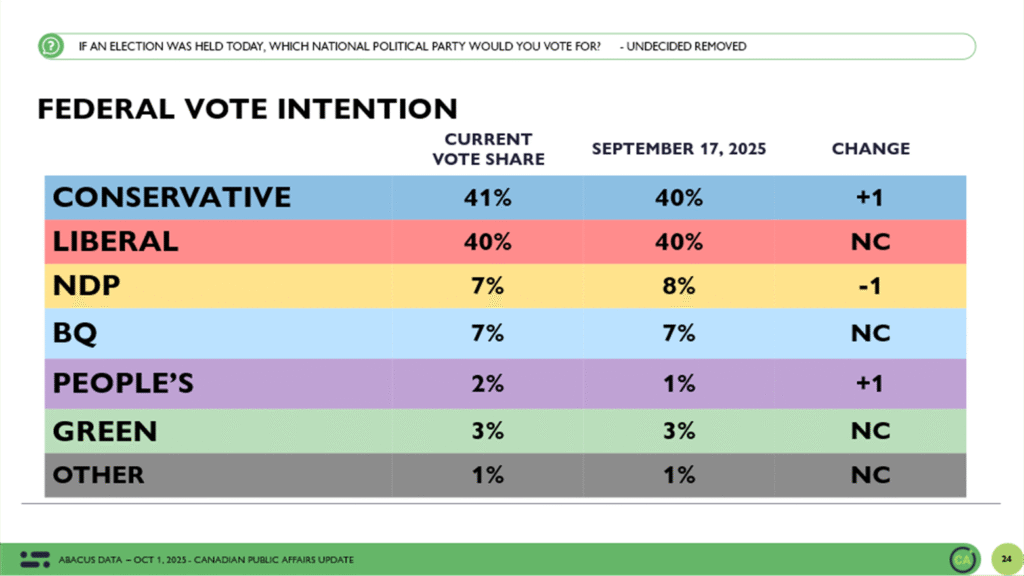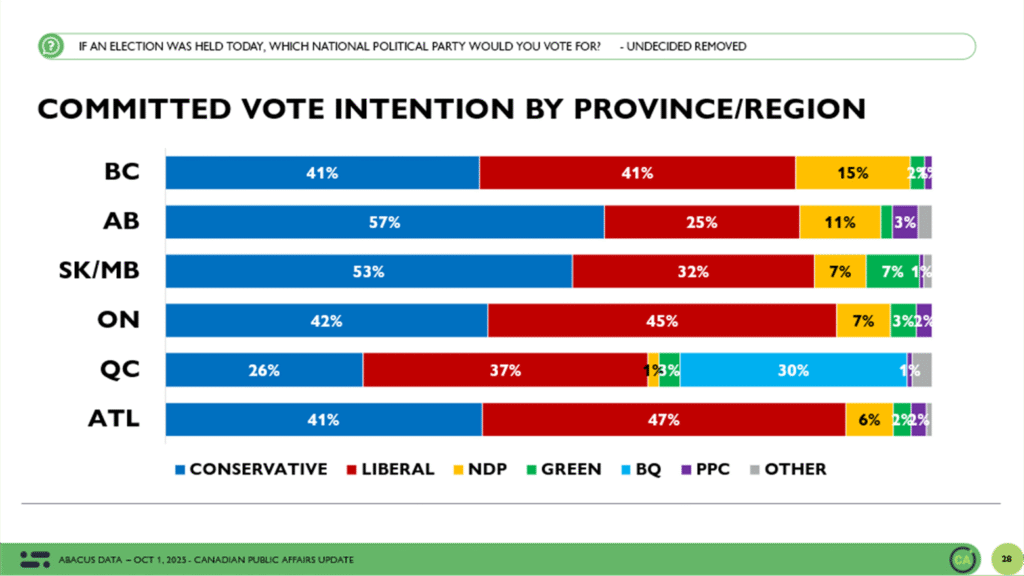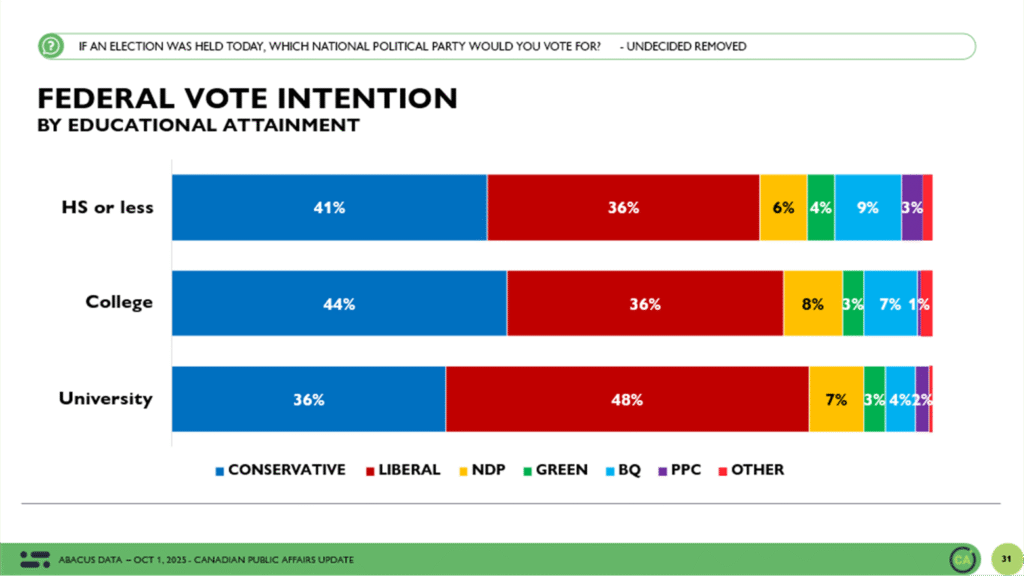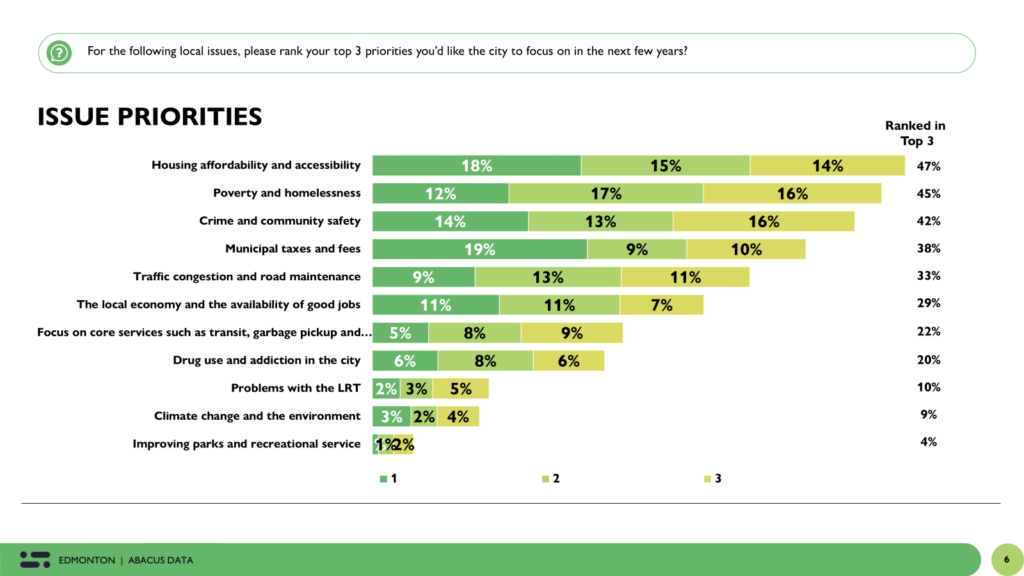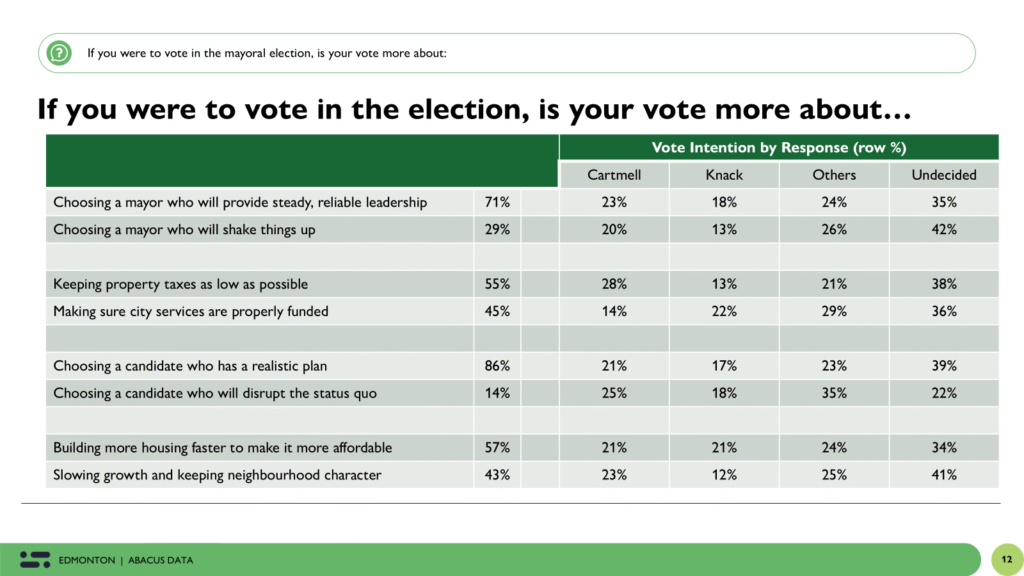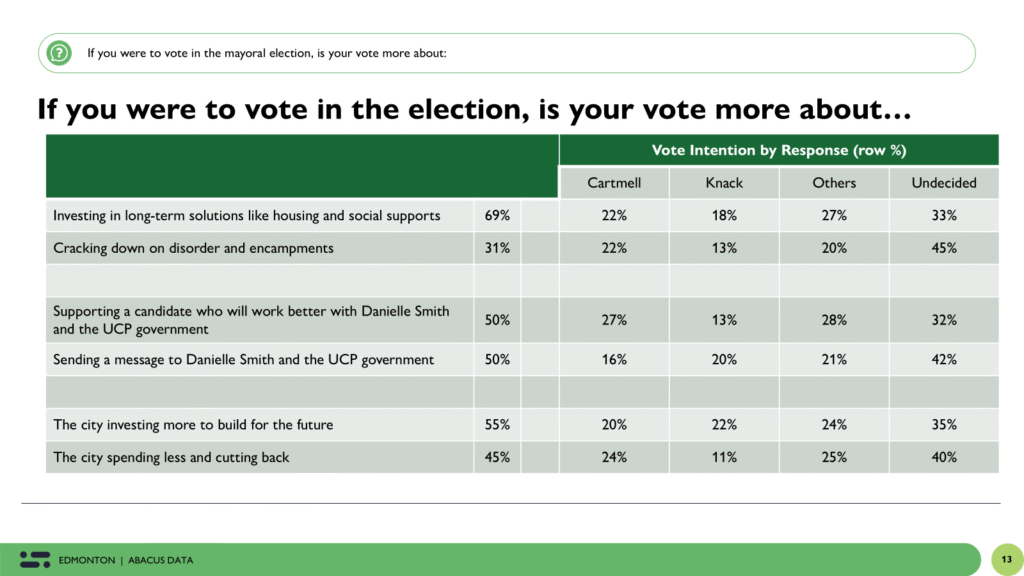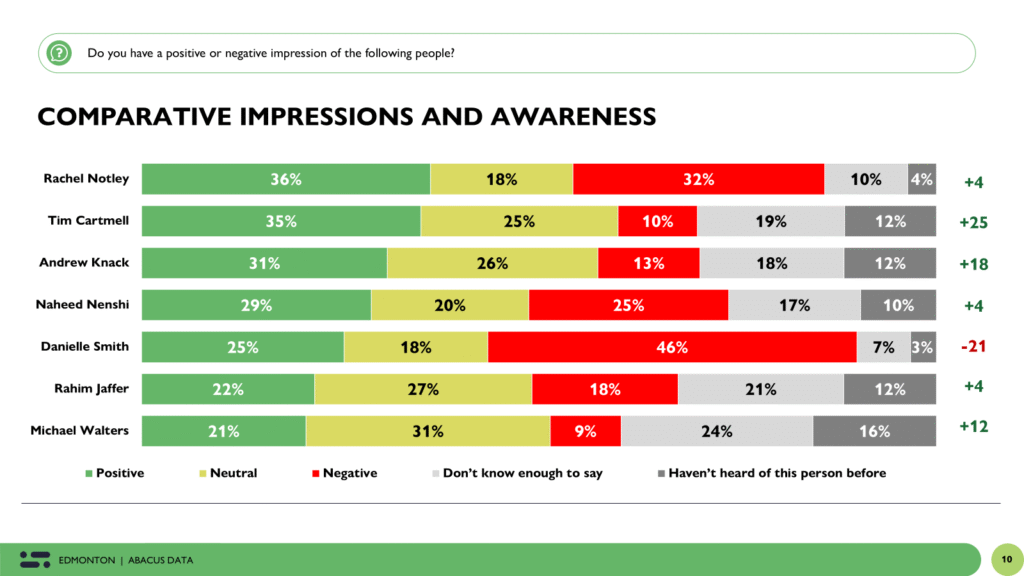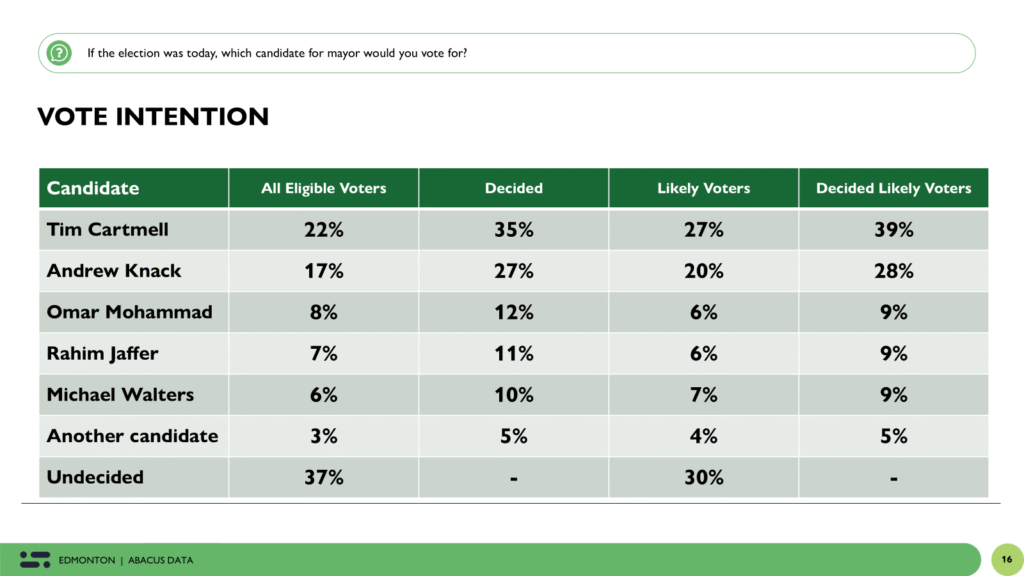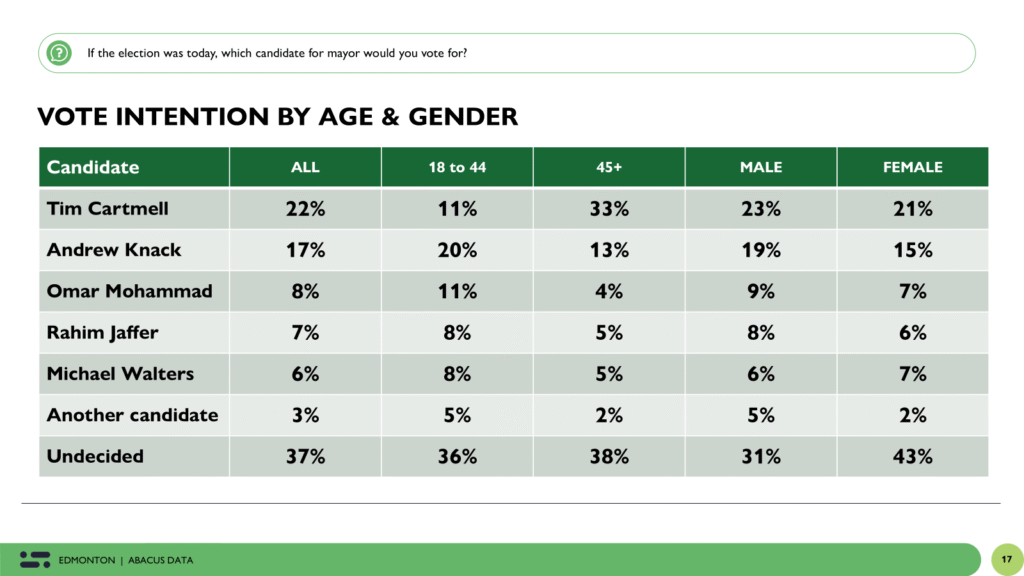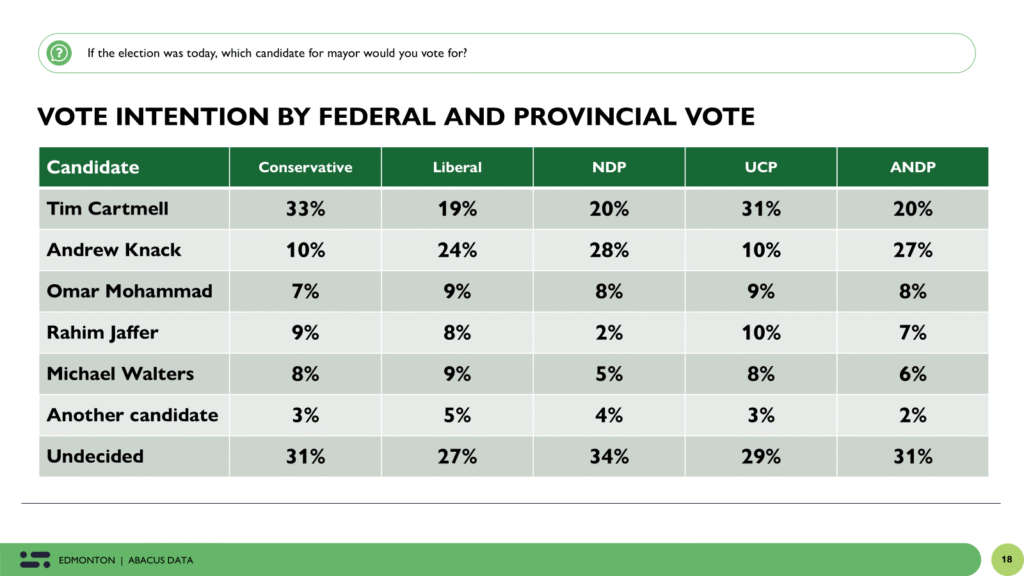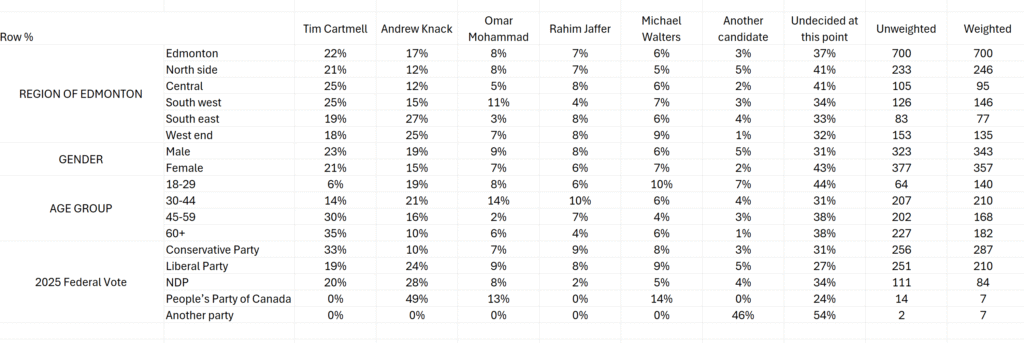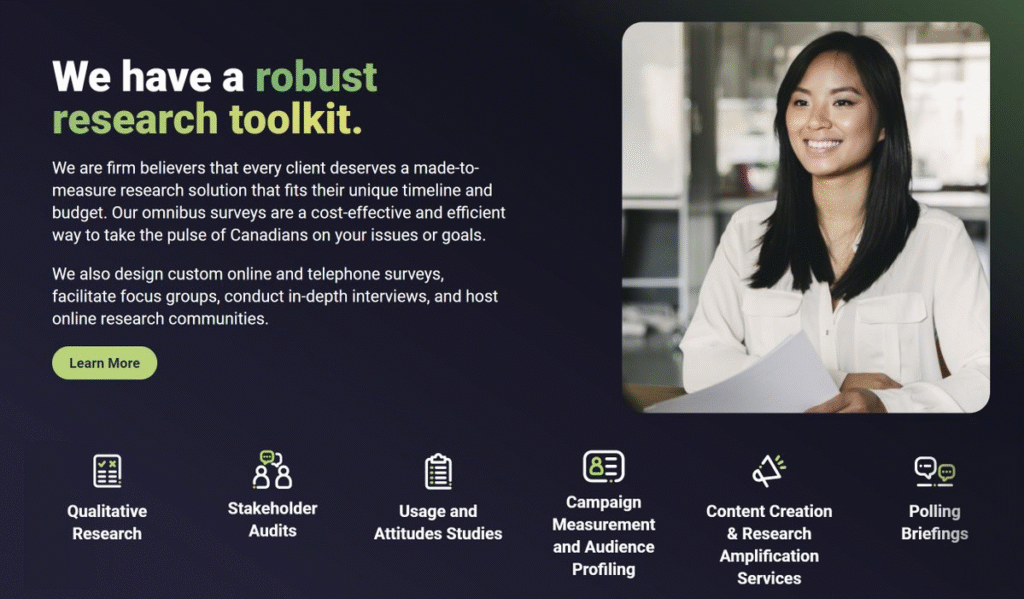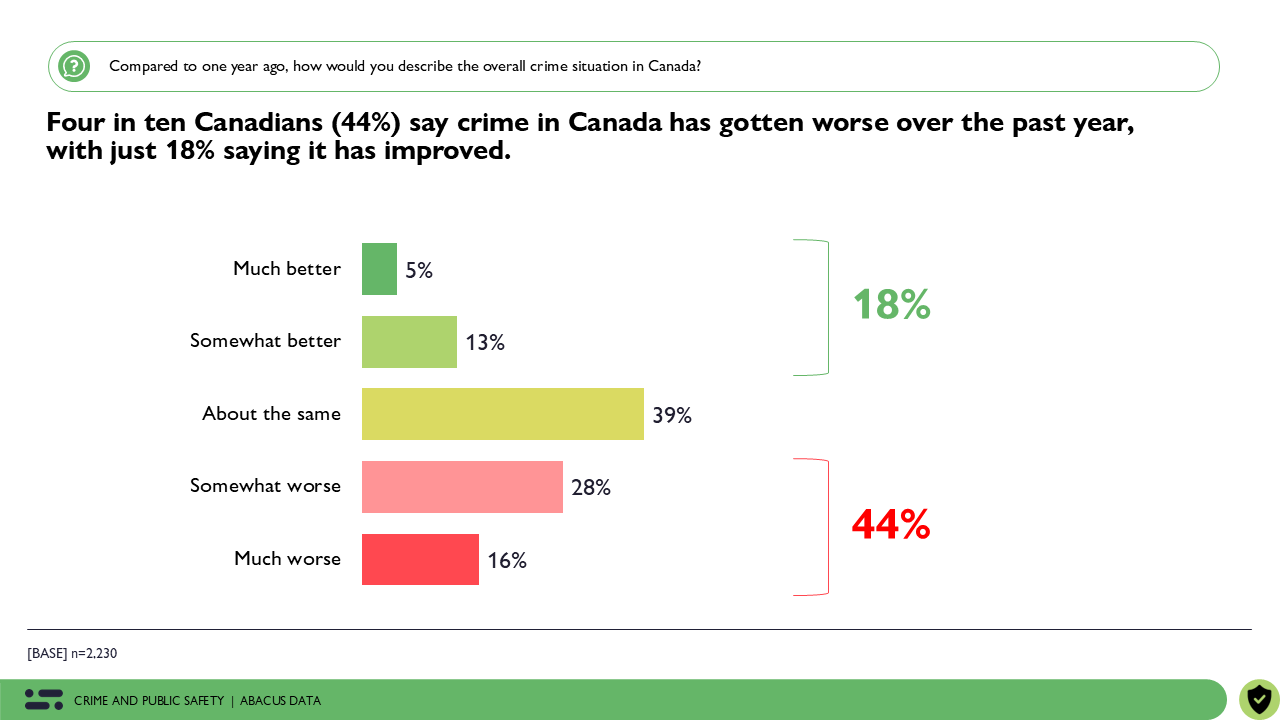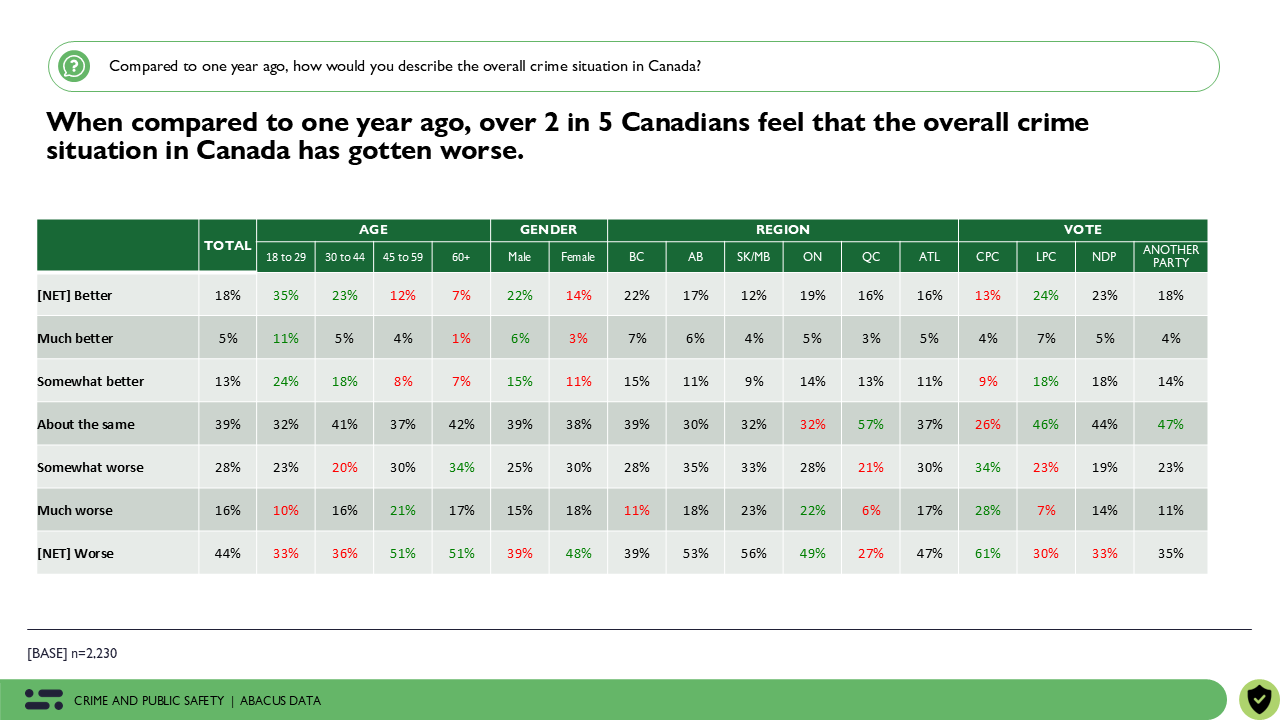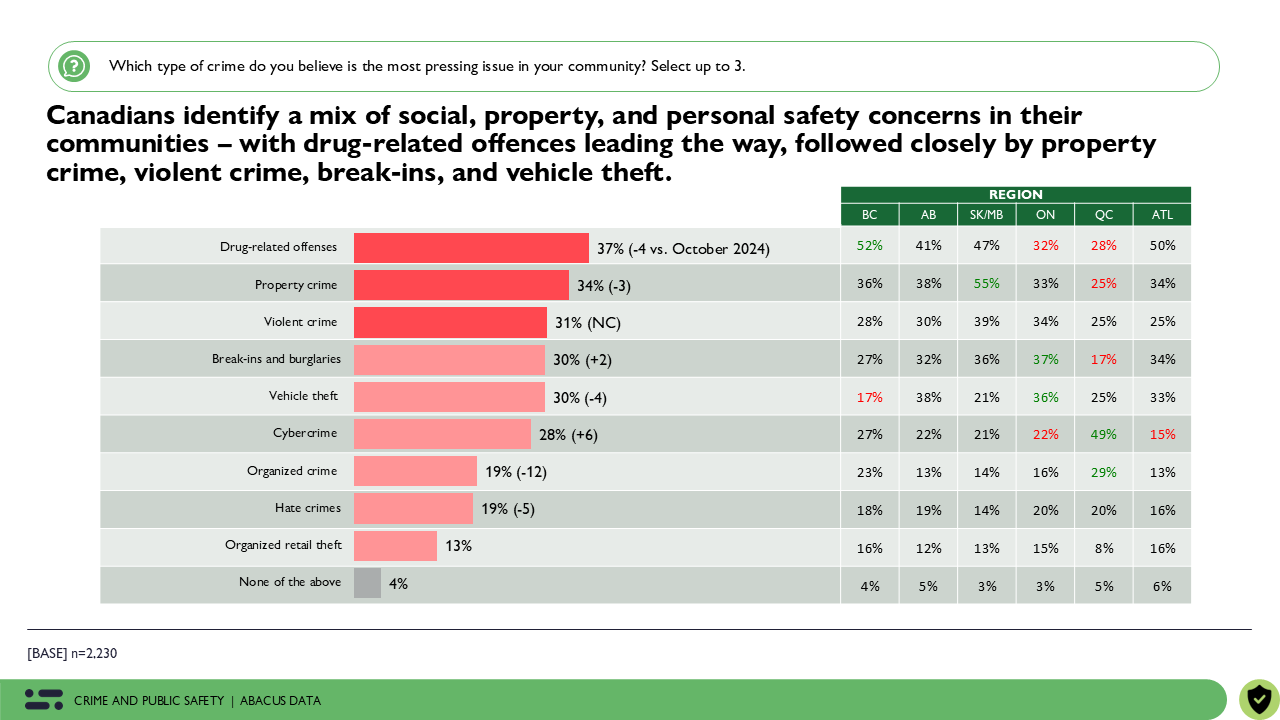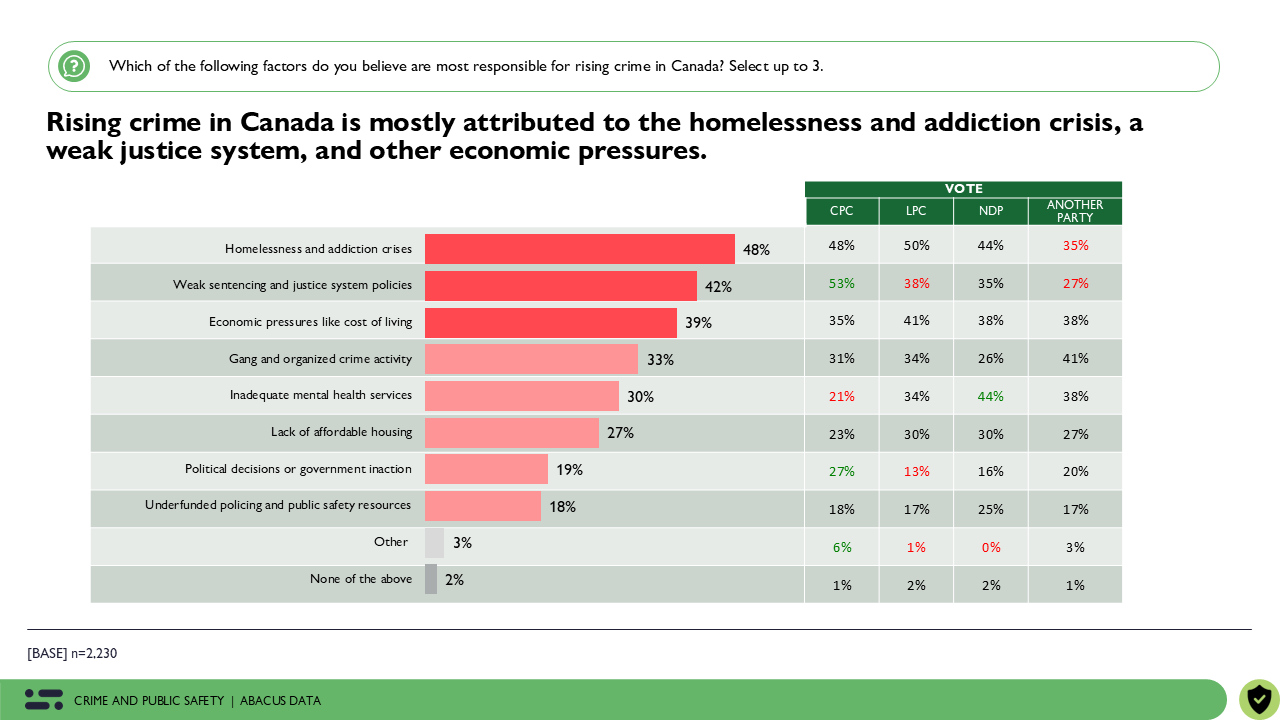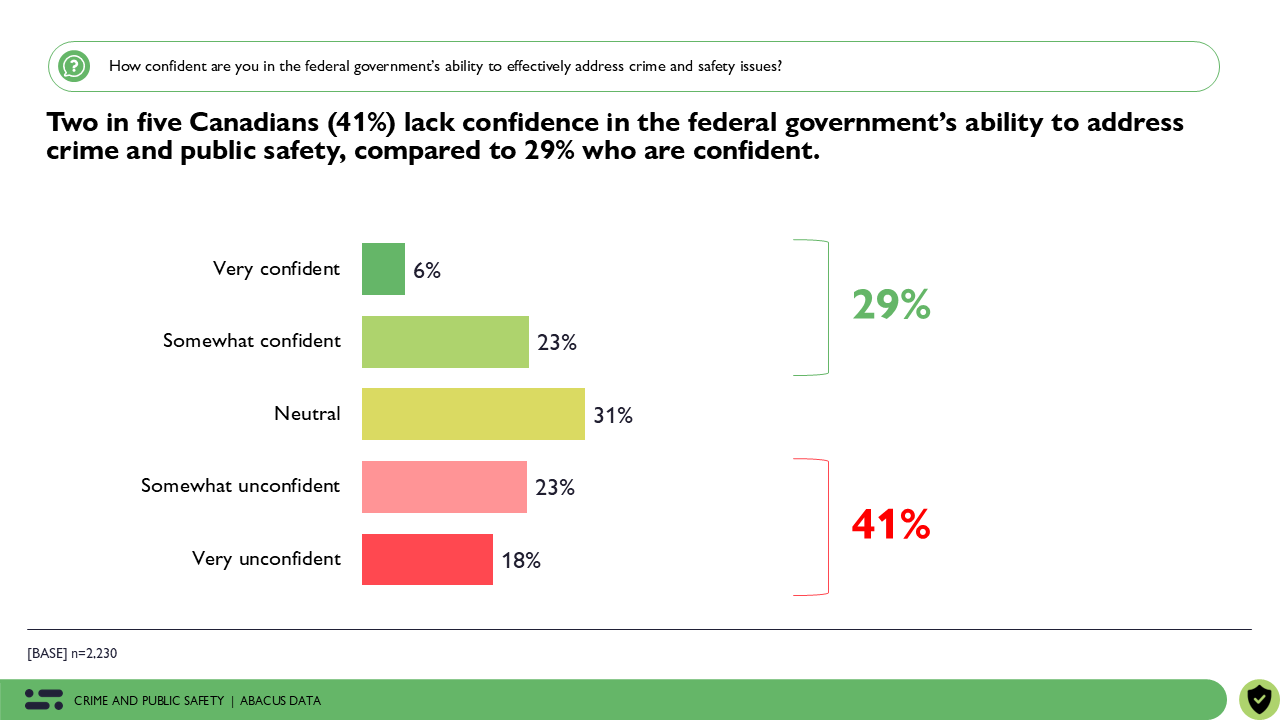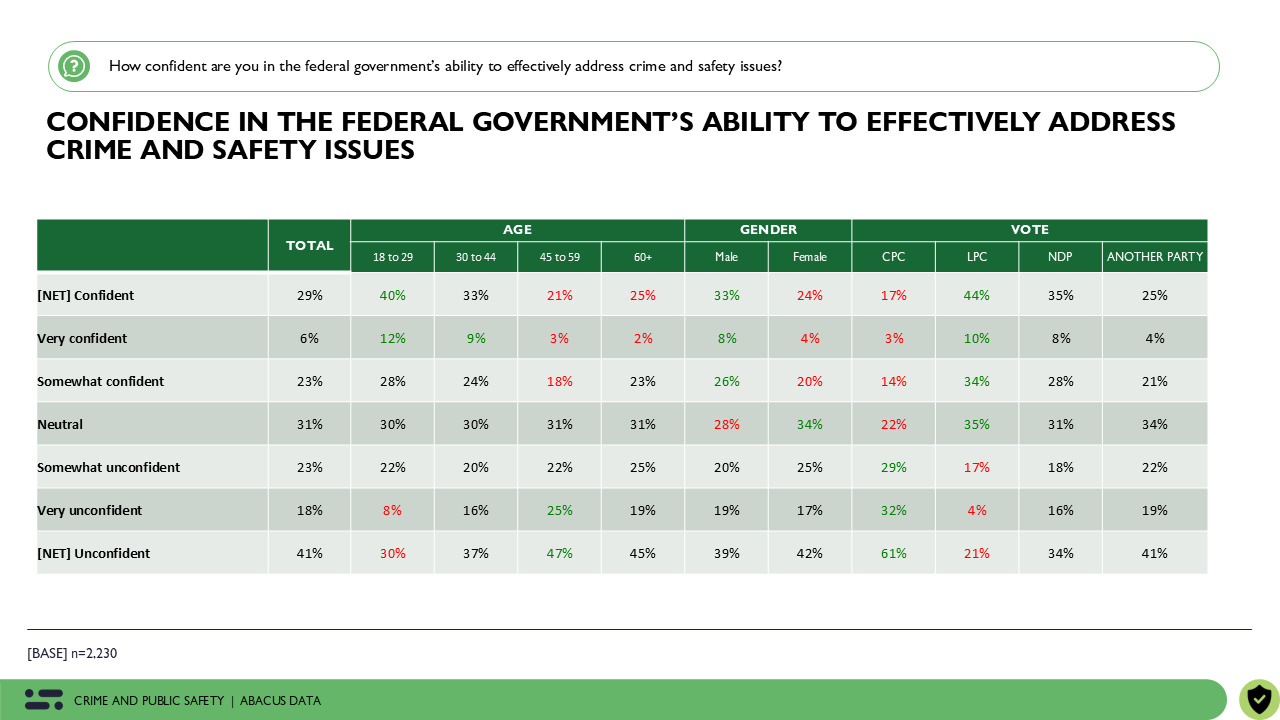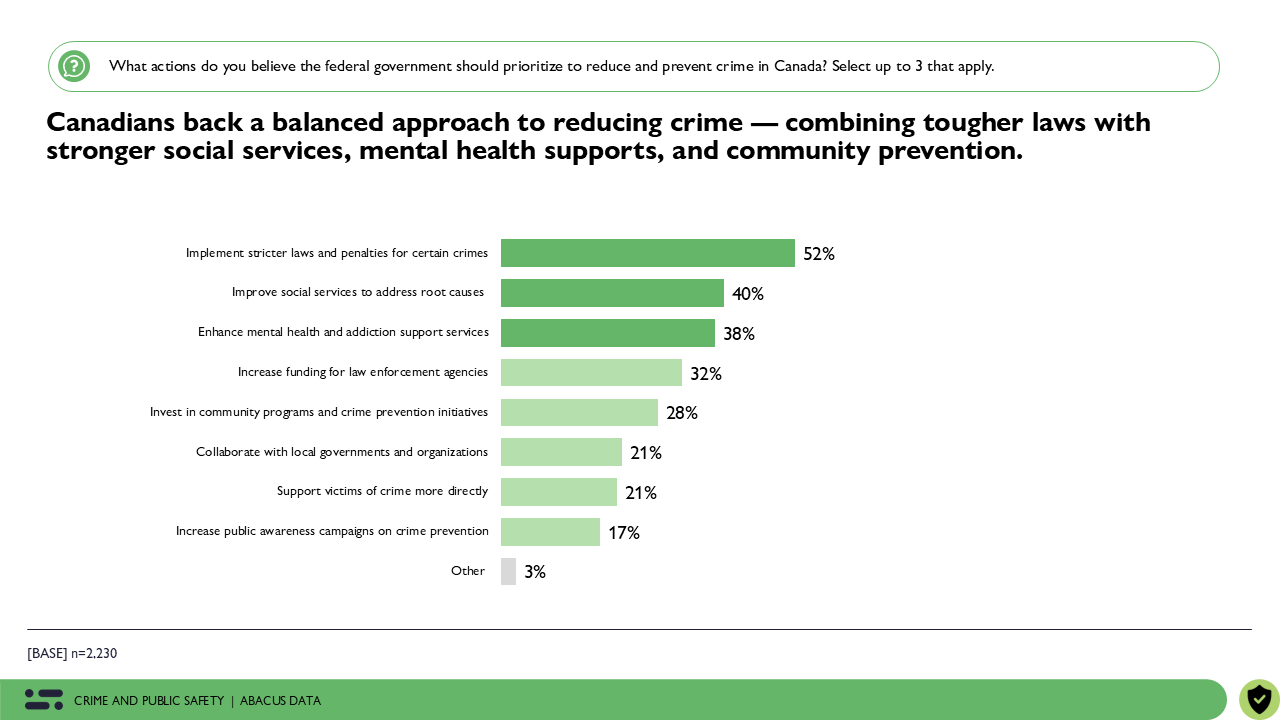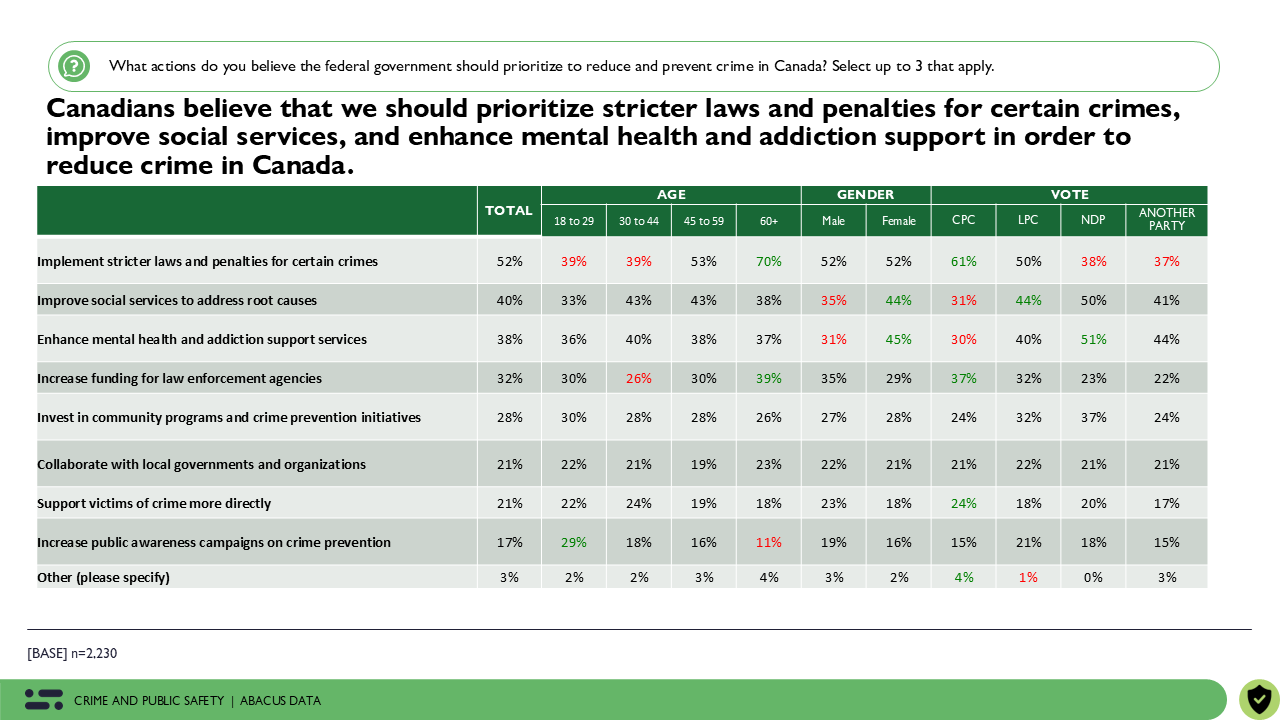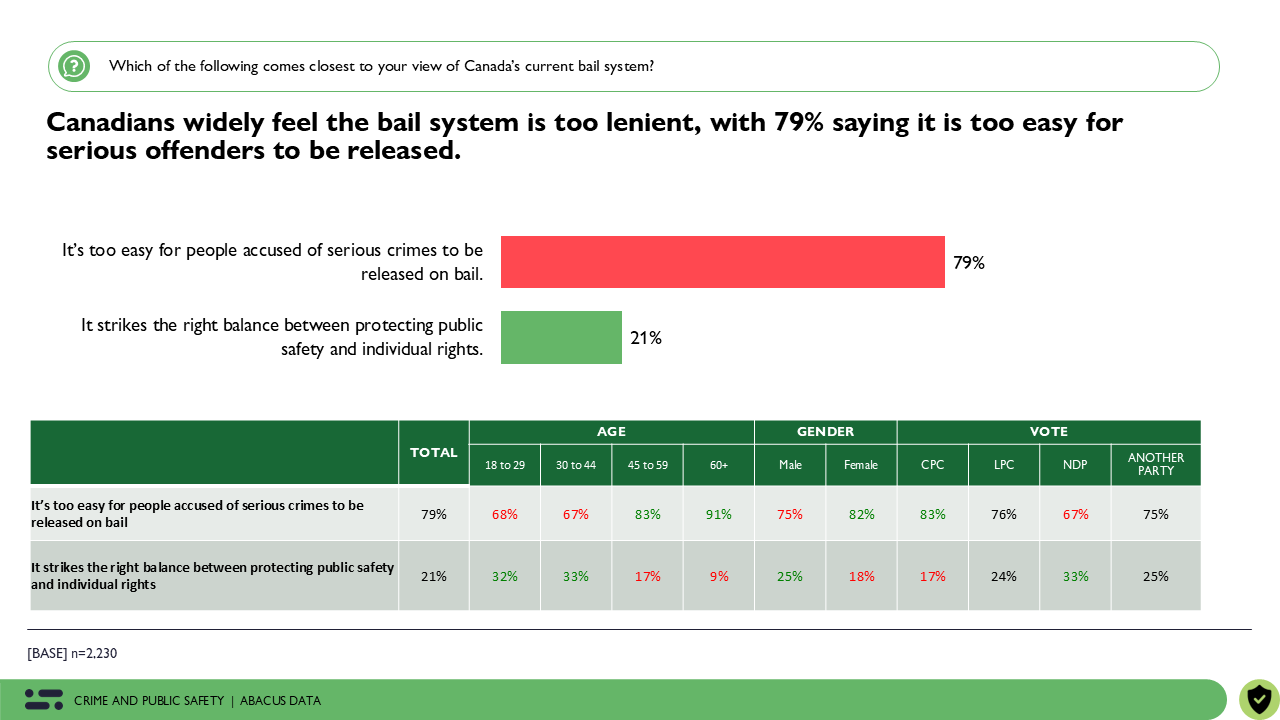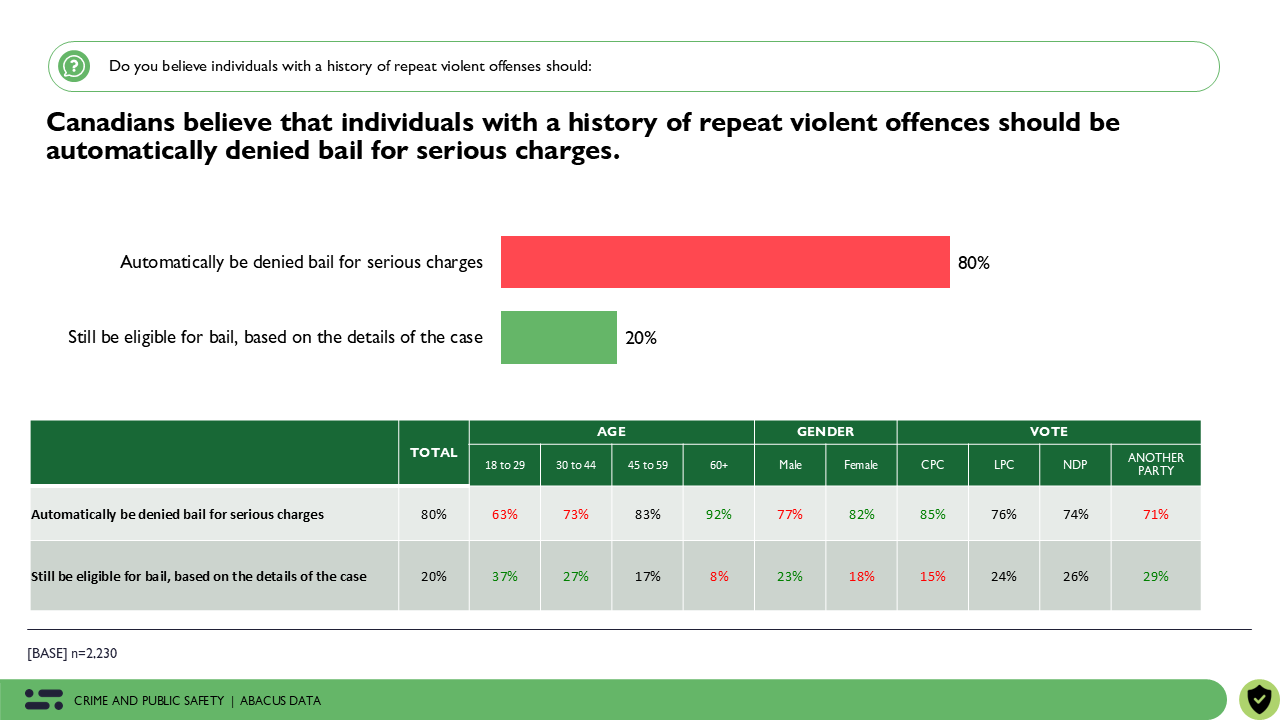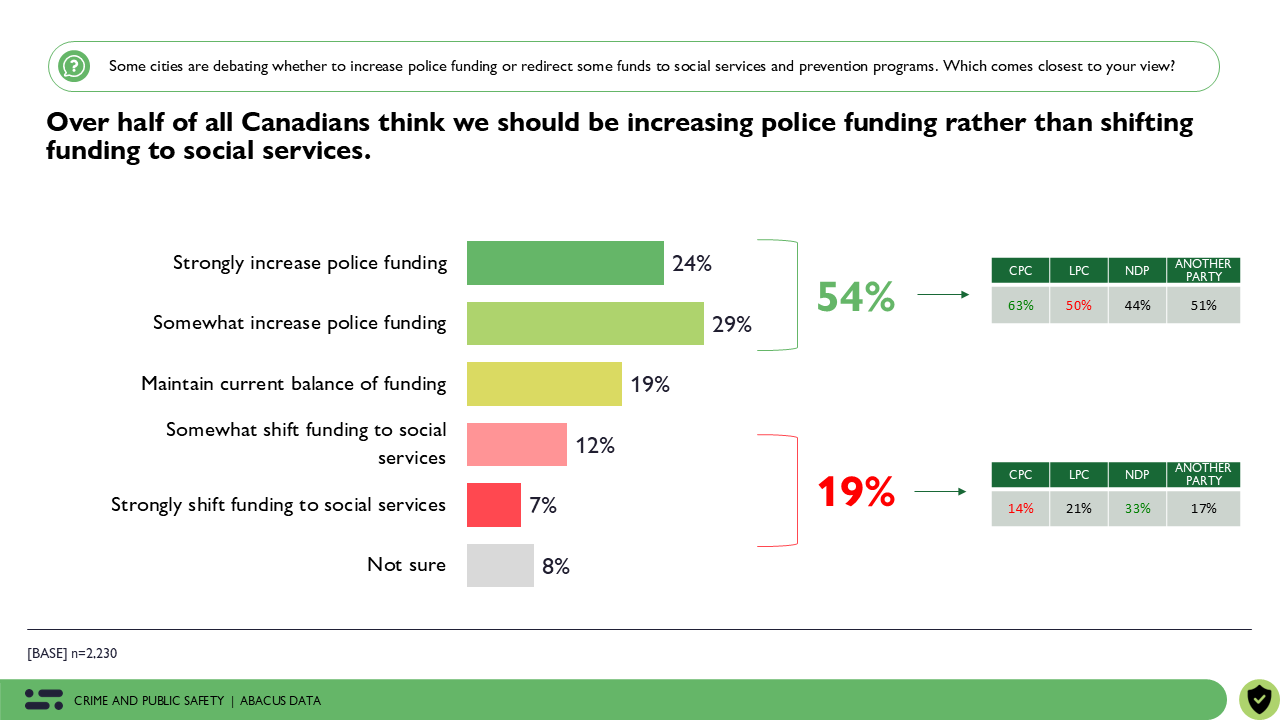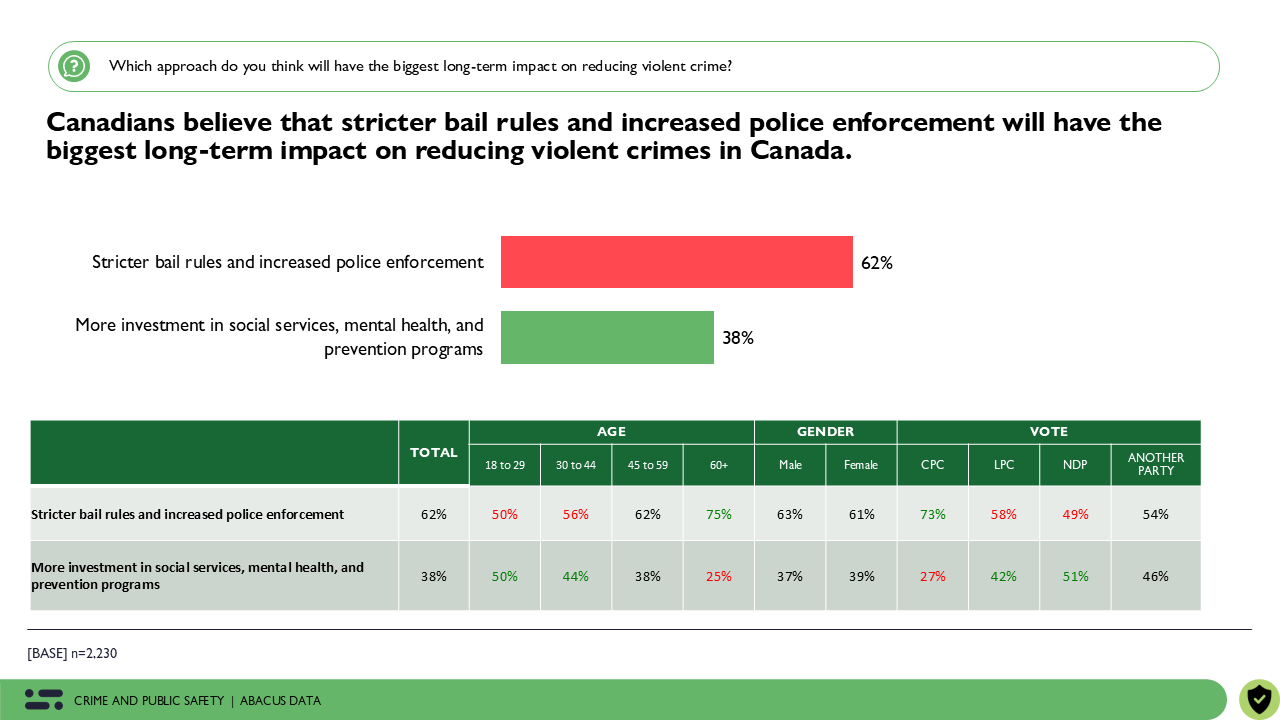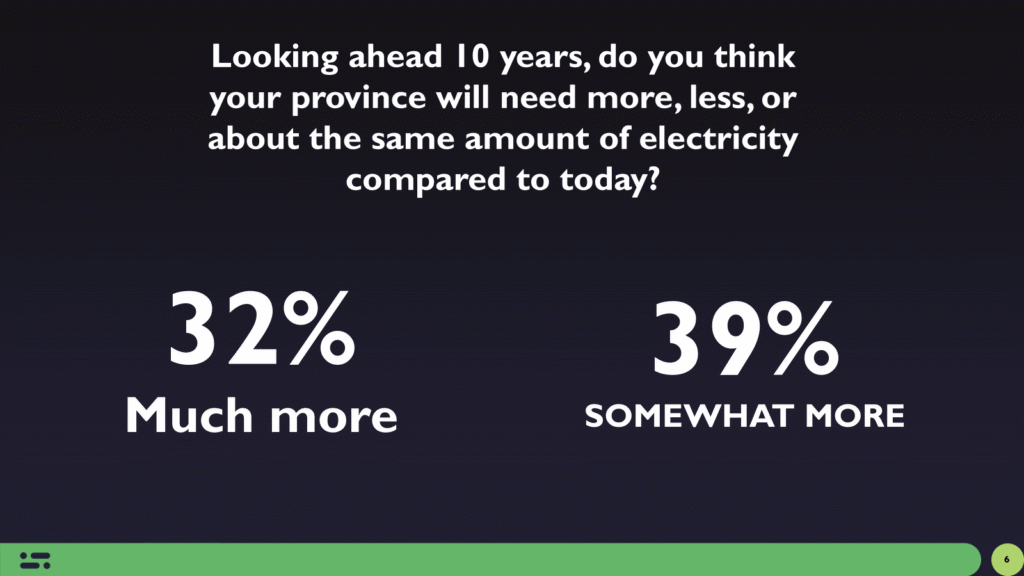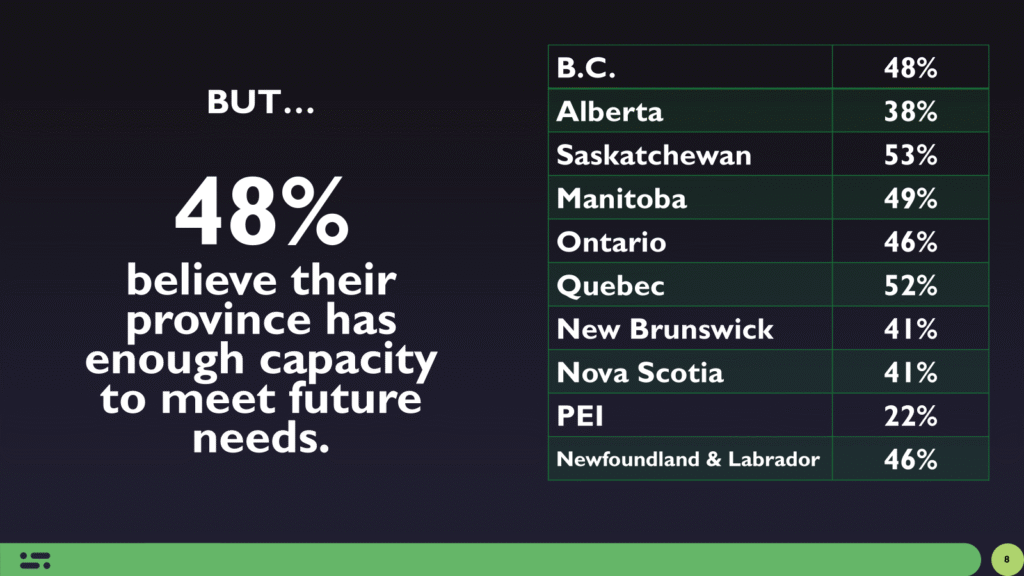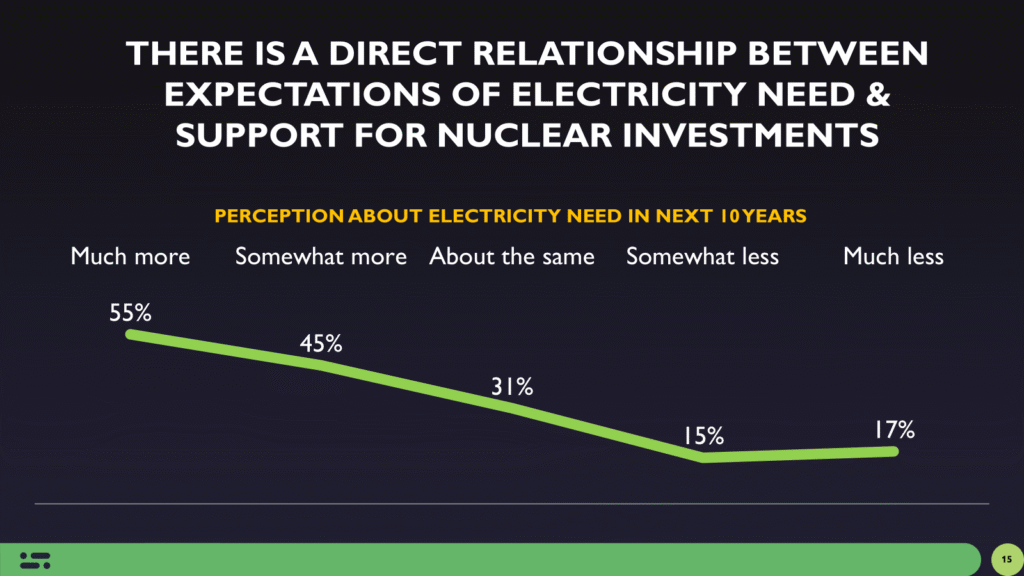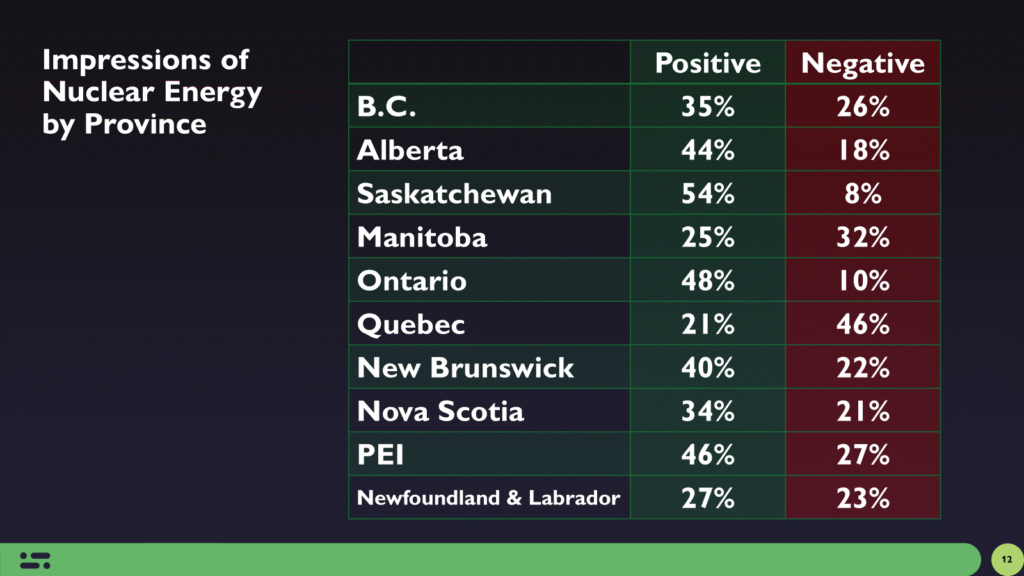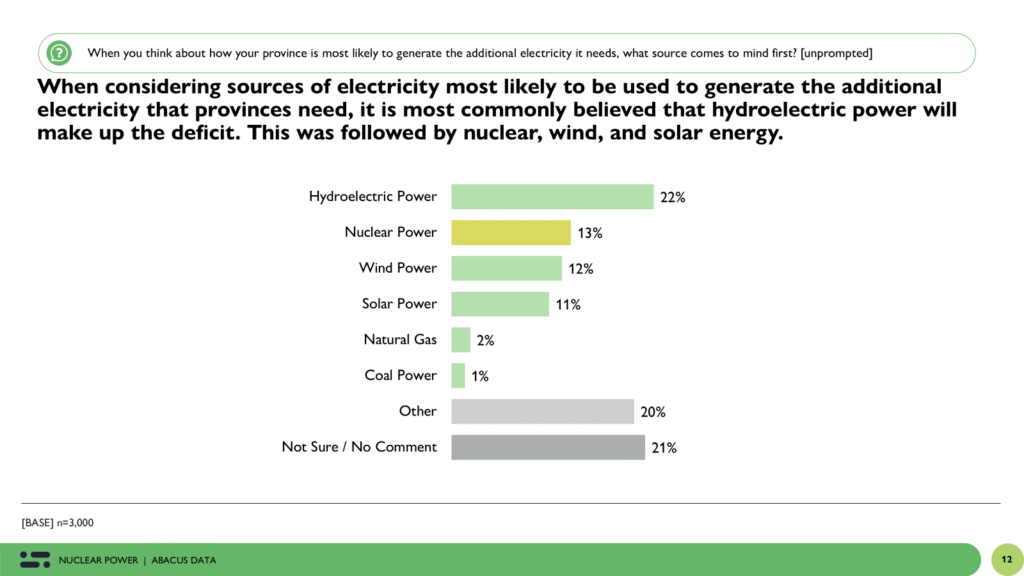Abacus Data BC Poll: Eby Government Holds the Edge a Year After the Provincial Election
A new Abacus Data survey of 1,000 eligible voters in British Columbia offers a timely snapshot of provincial public opinion, suggesting that Premier David Eby and the BC NDP are relatively strong position as the parliamentary session resumes today, just over a year after the last provincial election. More residents approve than disapprove of the government’s performance and the BC NDP has a modest but meaningful lead over the BC Conservatives.
A Government with a Net Positive Image
While British Columbians remain more likely to say the province is on the wrong track (49%) than the right direction (31%), evaluations of the Eby government itself are notably more favourable. Four in ten residents (40%) say they approve of the performance of the provincial government, compared to 31% who disapprove—a nine-point net positive rating.
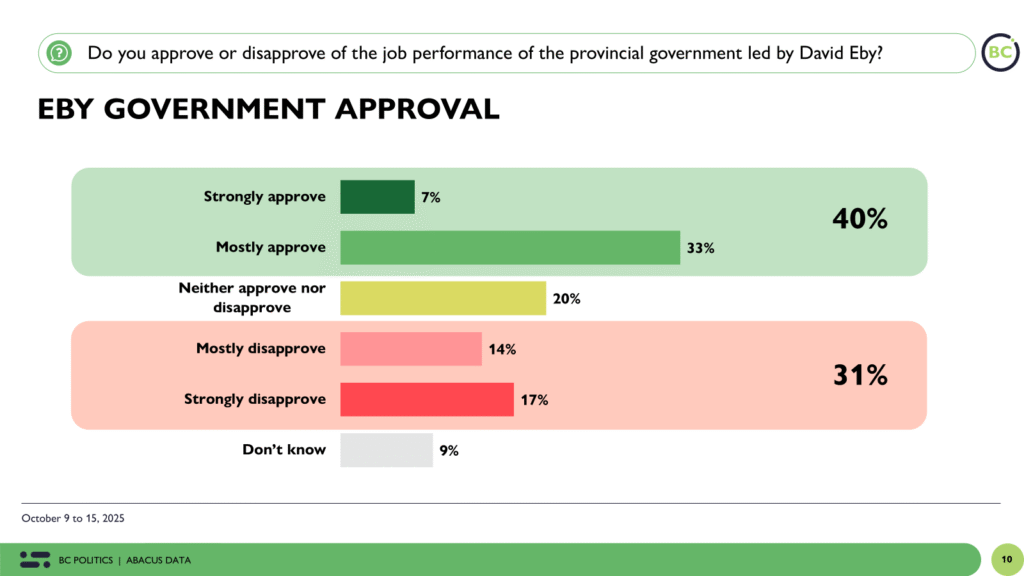
The BC NDP’s approval rating is highest among younger residents aged 18 to 29 (54%) and lowest among the 45 to 59 group (34%). Geographically, Eby’s approval is slightly higher in the Lower Mainland (42%) than in the rest of the province (38%).
Favourable views are concentrated among voters who backed the federal NDP or Liberals in 2025, where approval climbs to 62% and 59%, respectively. Disapproval is sharpest among federal Conservative voters, 56% of whom disapprove of the BC government.
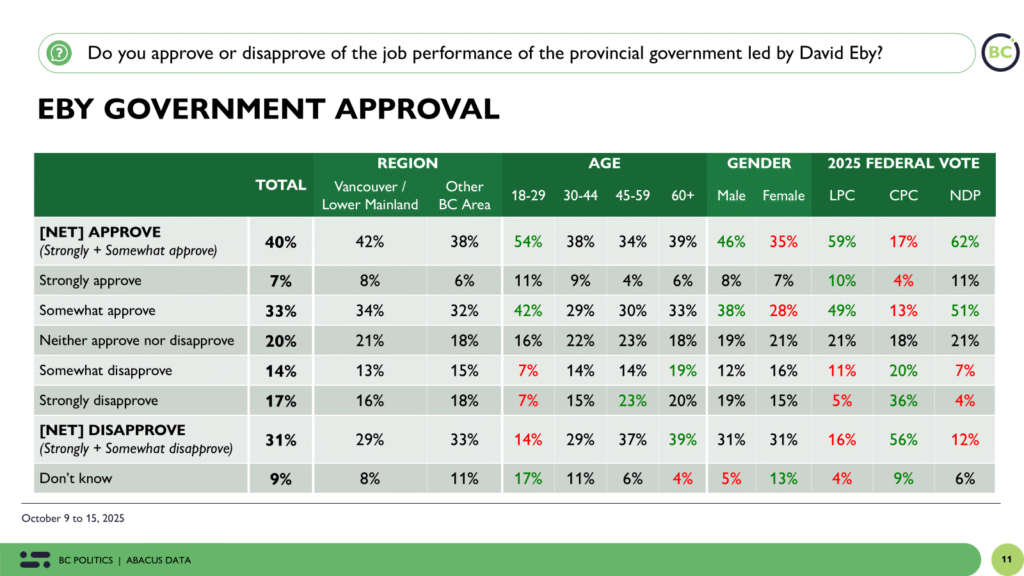
Seven-Point Lead for the BC NDP Among Decided Voters
Among committed voters—those who have made up their minds about how they would vote if a provincial election were held today—the BC NDP leads with 47% of the vote, ahead of the BC Conservatives at 40%. The BC Greens attract 8% of the committed vote, while new and smaller parties like CentreBC and OneBC remain marginal at 3% and 1%, respectively. 26% of those we surveyed overall said they were undecided.
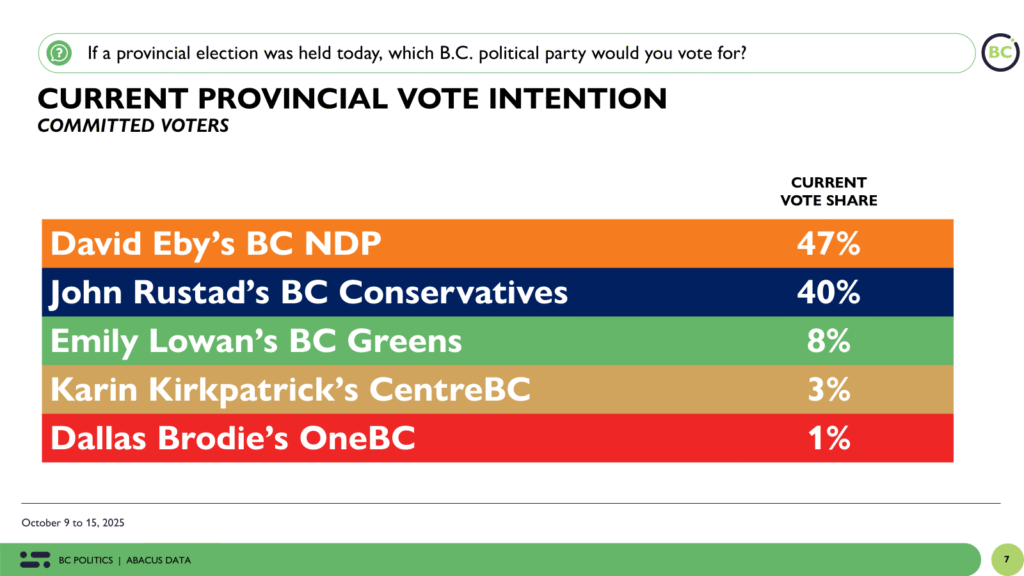
Deep Divides by Federal Voting Behaviour
Provincial vote intention continues to align closely with federal partisanship. Almost 3 in 4 federal Liberal voters would support the BC NDP. Among those who voted NDP federally in 2025, 85% now say they would vote BC NDP provincially. Similarly, 85% of federal Conservative voters would vote for the BC Conservatives.
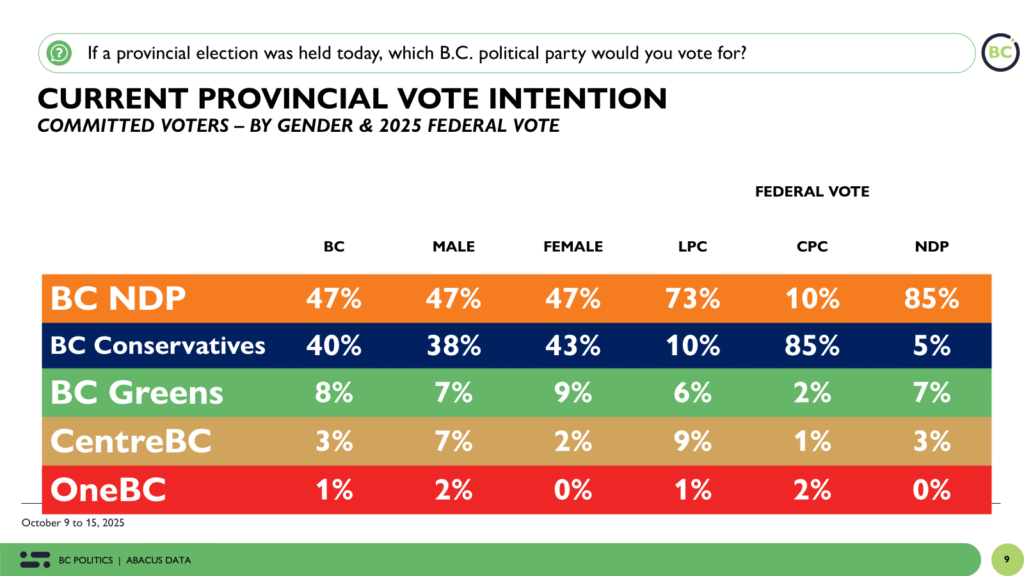
Regional and Age-Based Variations in Partisan Strength
The BC NDP’s strength remains most concentrated in Metro Vancouver, where they hold a nine-point lead over the Conservatives (50% vs. 41%). Outside the Lower Mainland, the race is somewhat closer, with the NDP at 41% and the Conservatives at 37% among committed voters.
Age-based patterns continue to shape the provincial landscape. The NDP performs best among seniors (53%) and those under 30 (43%), while the Conservatives are strongest with 30- to 44-year-olds (47%).

The Upshot
As the fall session of the legislature begins, Premier David Eby and the BC NDP enter the political season in a relatively strong but not unassailable position. While nearly half of British Columbians say the province is on the wrong track, the government itself continues to hold a net positive approval rating, something difficult to achieve in an anxious, economically uncertain climate. Dissatisfaction with the direction of the province has not yet translated into a decisive desire for change in government.
The seven-point NDP lead over the BC Conservatives among decided voters signals a competitive but still NDP-leaning landscape. The governing party’s advantage rests on its durable base in Metro Vancouver and strong support among both younger and older voters. But that lead narrows outside the Lower Mainland, where the Conservatives remain formidable and where economic and resource-sector concerns weigh heavily.
At the same time, the opposition landscape is fragmented. Internal challenges within the BC Conservative Party like the leadership review and defections have complicated leader John Rustad’s efforts to consolidate the momentum his party built into last year’s provincial election. The emergence of new competitors on the centre and right, including parties such as CentreBC and OneBC, further divides the change vote. Together, these dynamics make it harder for those who want a change in government to coalesce around a single alternative to the NDP.
There is increased alignment between federal and provincial politics: federal NDP and Liberal voters overwhelmingly back the BC NDP, while federal Conservatives align almost entirely behind the provincial Conservatives. That overlap means shifts in the national mood, particularly at the federal level, could quickly shape provincial preferences.
For now, Eby’s government holds the upper hand—but in a province where optimism is fragile and the appetite for change runs just beneath the surface, that edge could evaporate quickly if the opposition ever finds a way to unite.
Methodology
The survey was conducted with 1,000 eligible voters in British Columbia from October 9 to 15, 2025.
A random sample of panelists were invited to complete the survey from a set of partner panels based on the Lucid exchange platform. These partners are typically double opt-in survey panels, blended to manage out potential skews in the data from a single source.
The margin of error for a comparable probability-based random sample of the same size is +/- 3.1%, 19 times out of 20.
The data were weighted according to census data to ensure that the sample matched BC’s population according to age, gender, educational attainment, and region. Totals may not add up to 100 due to rounding.
Abacus Data follows the CRIC Public Opinion Research Standards and Disclosure Requirements that can be found here: https://canadianresearchinsightscouncil.ca/standards/
This survey was paid for by Abacus Data Inc.
ABOUT ABACUS DATA
We are Canada’s most sought-after, influential, and impactful polling and market research firm. We are hired by many of North America’s most respected and influential brands and organizations.
We use the latest technology, sound science, and deep experience to generate top-flight research-based advice to our clients. We offer global research capacity with a strong focus on customer service, attention to detail, and exceptional value.
And we are growing throughout all parts of Canada and the United States and have capacity for new clients who want high quality research insights with enlightened hospitality.
Our record speaks for itself: we were one of the most accurate pollsters conducting research during the 2025 Canadian election following up on our outstanding record in the 2021, 2019, 2015, and 2011 federal elections.
Contact us with any questions.
Find out more about how we can help your organization by downloading our corporate profile and service offering.

